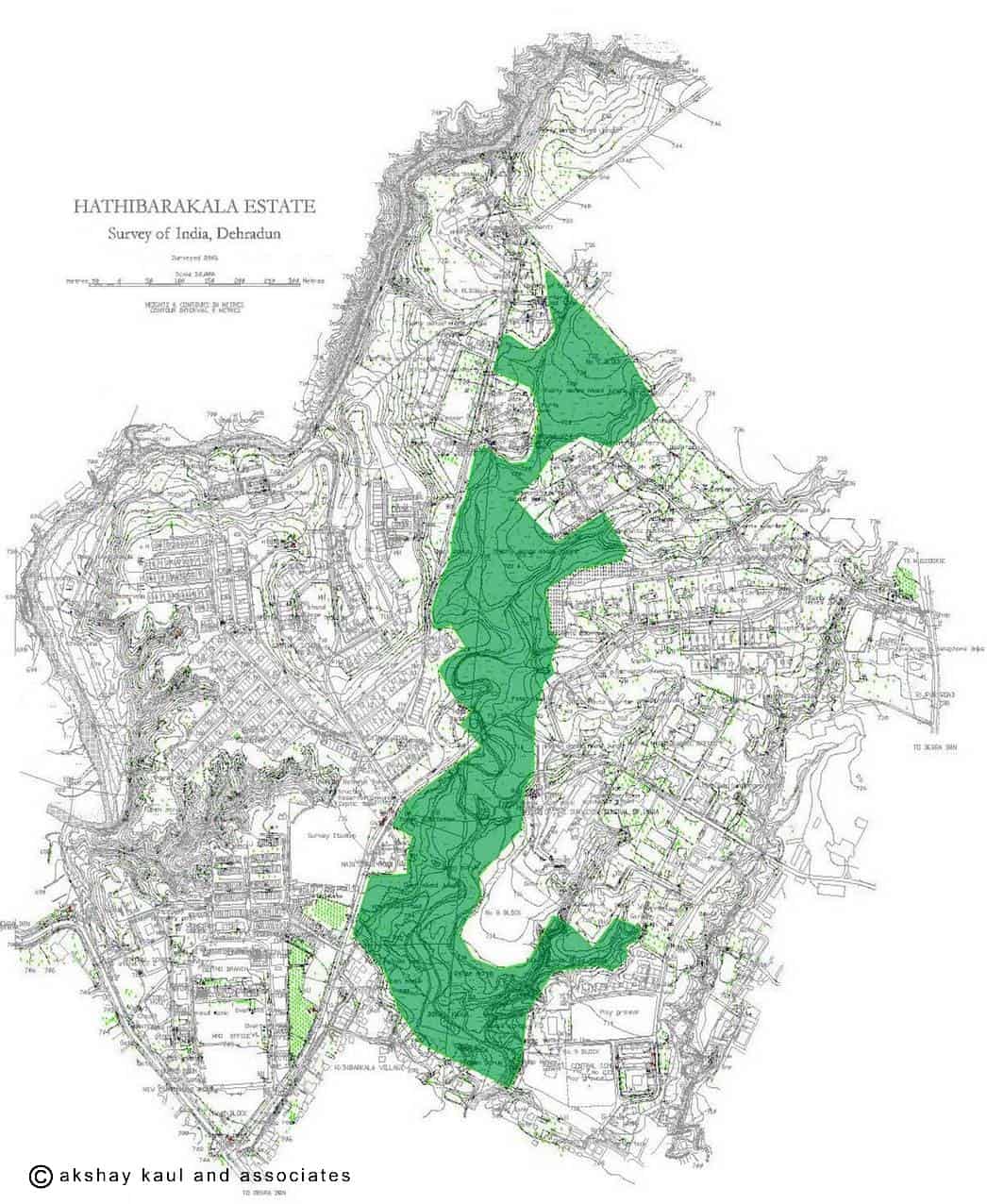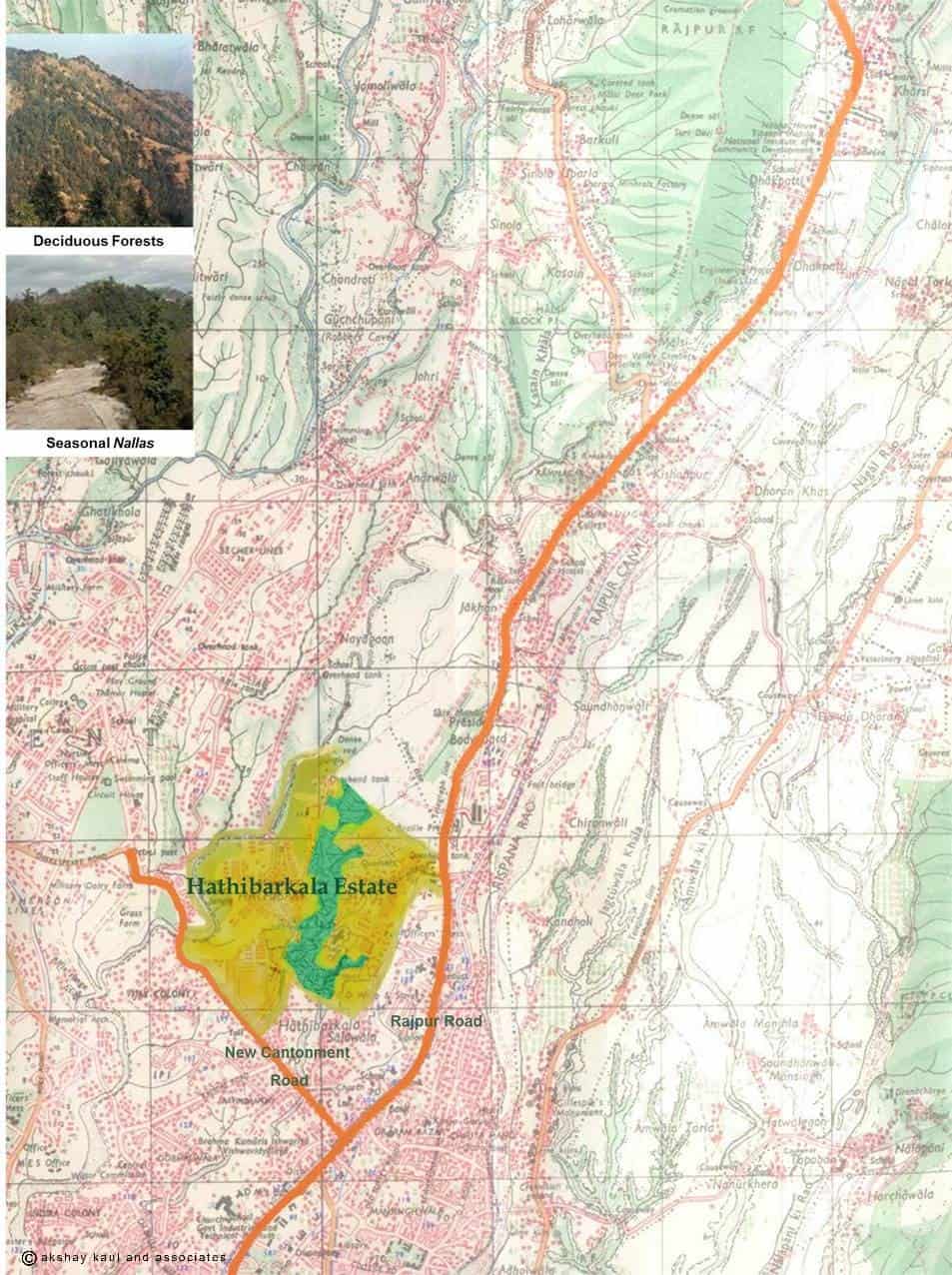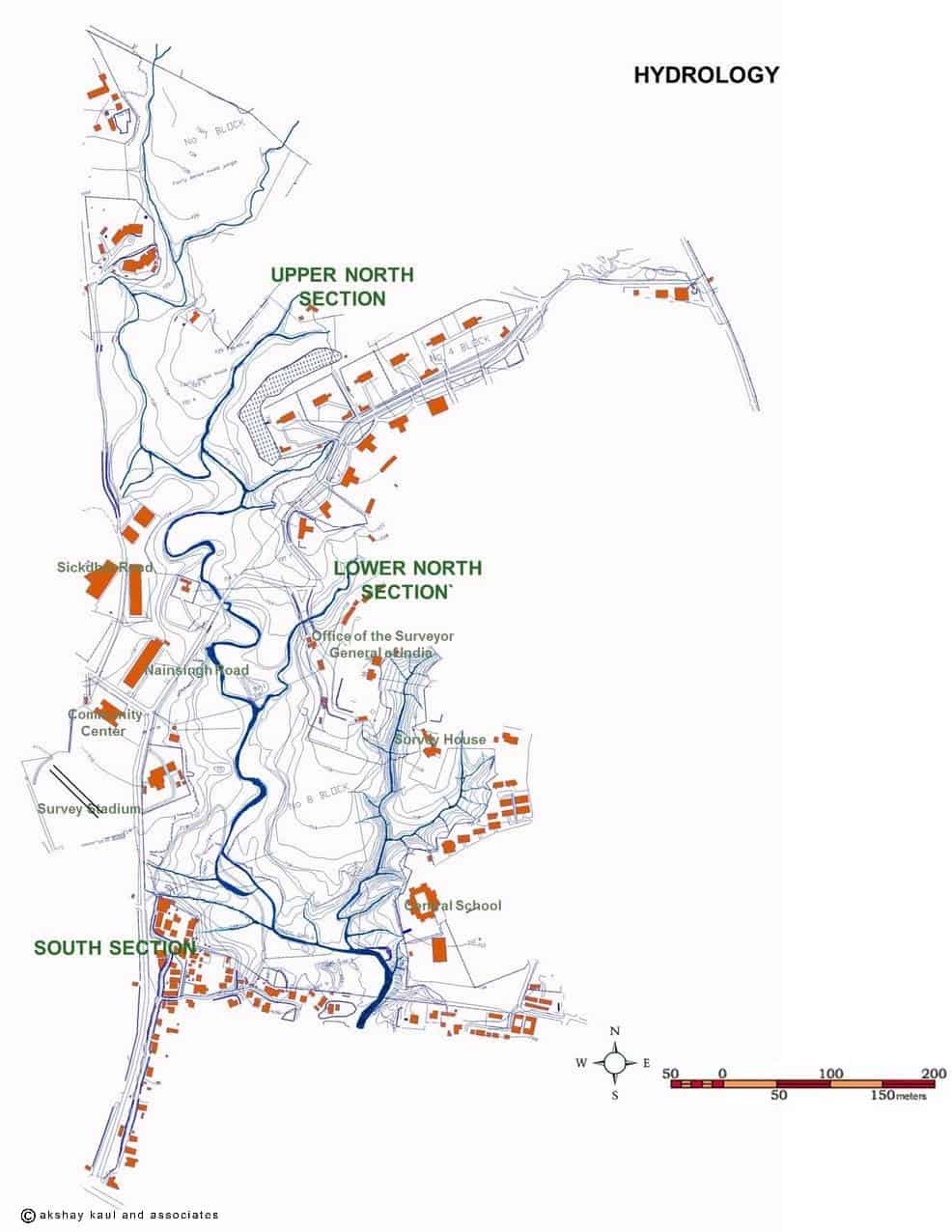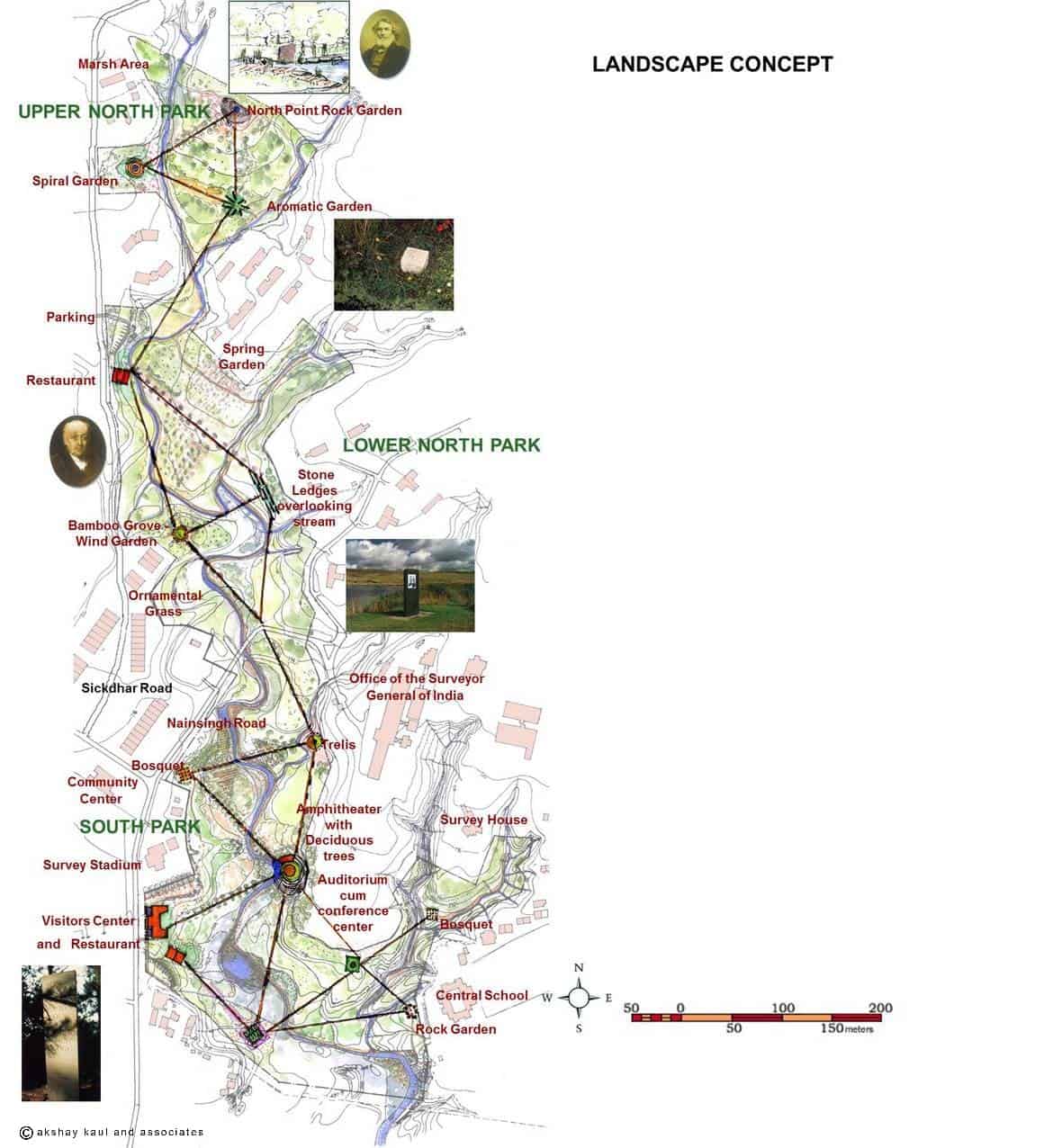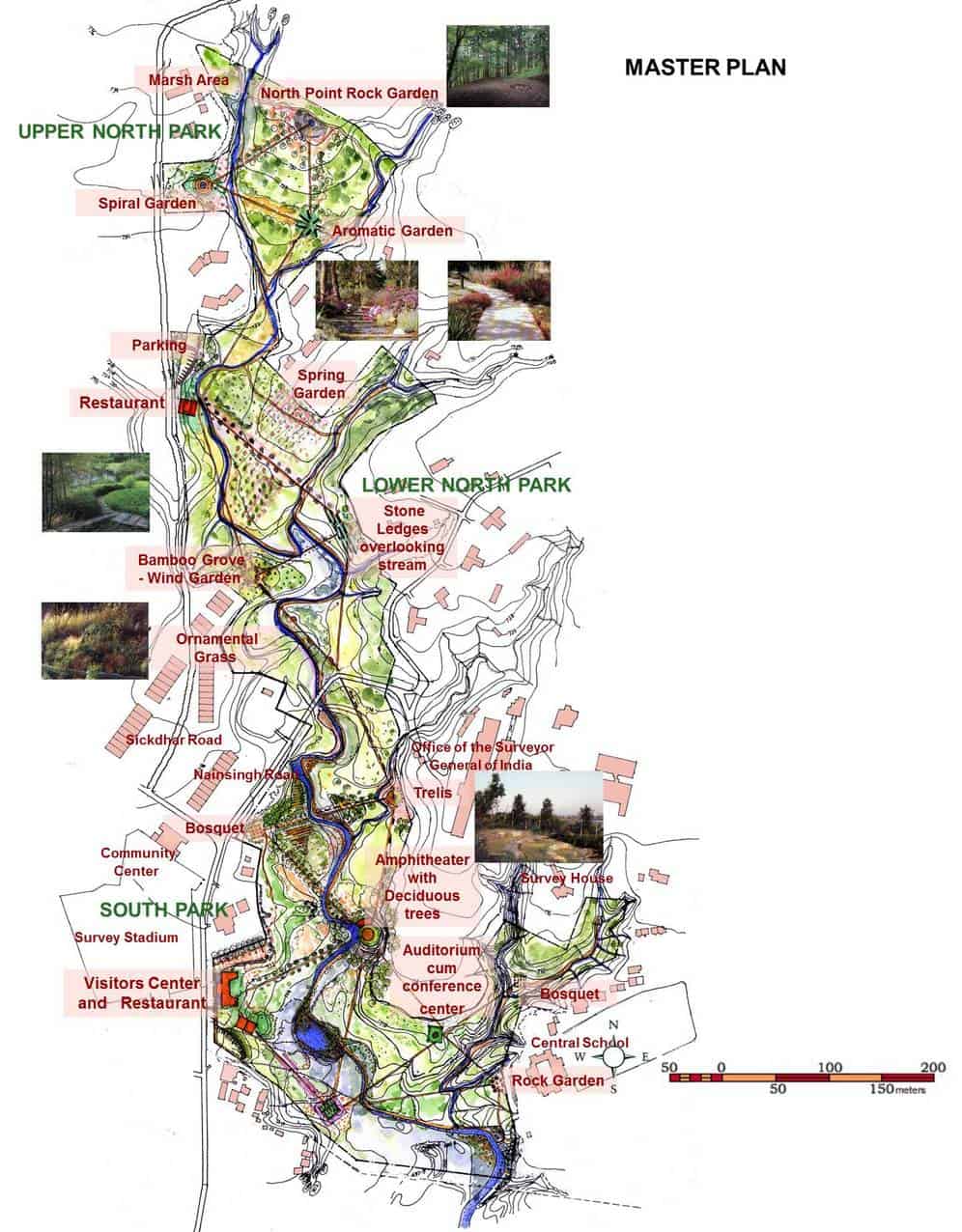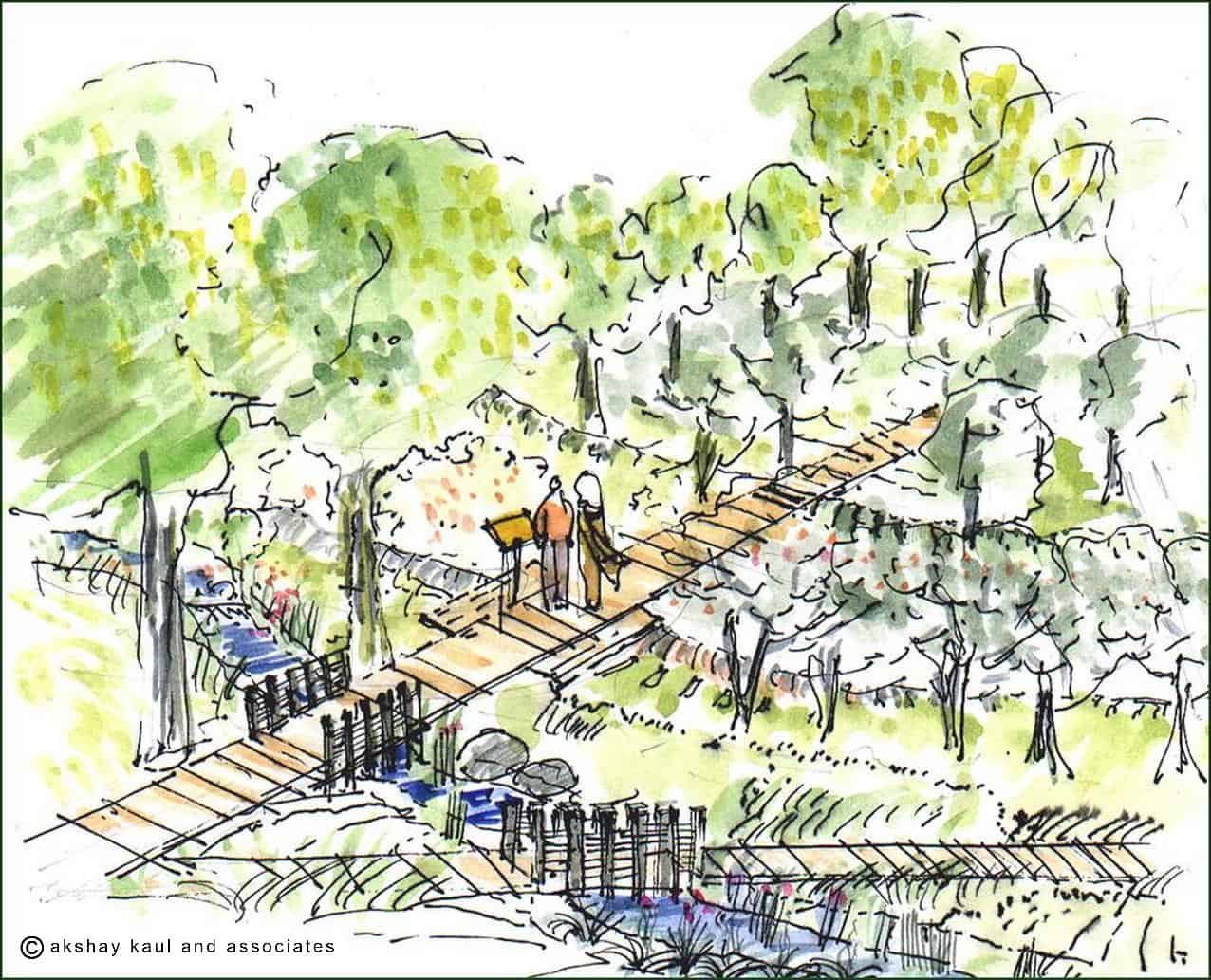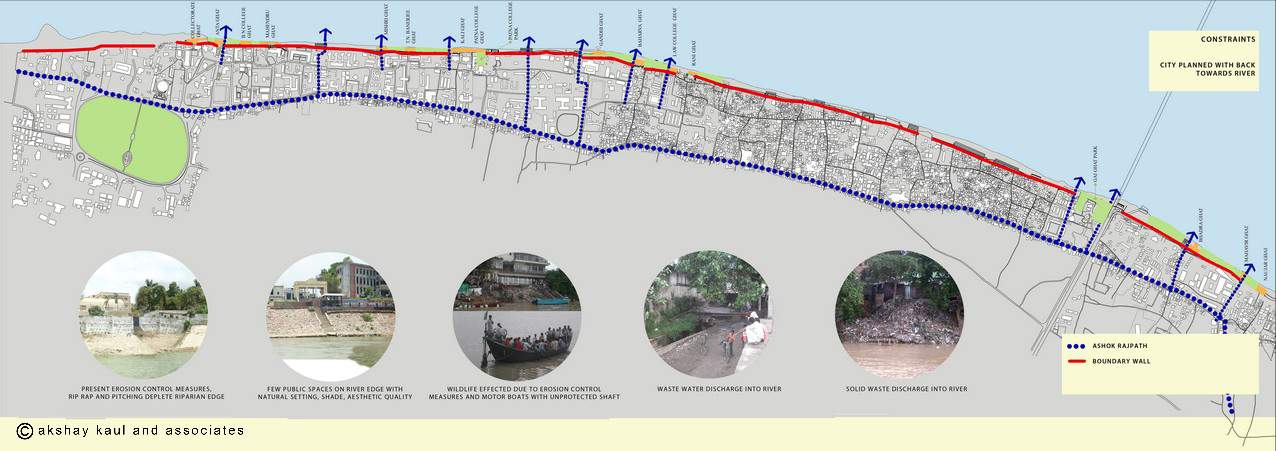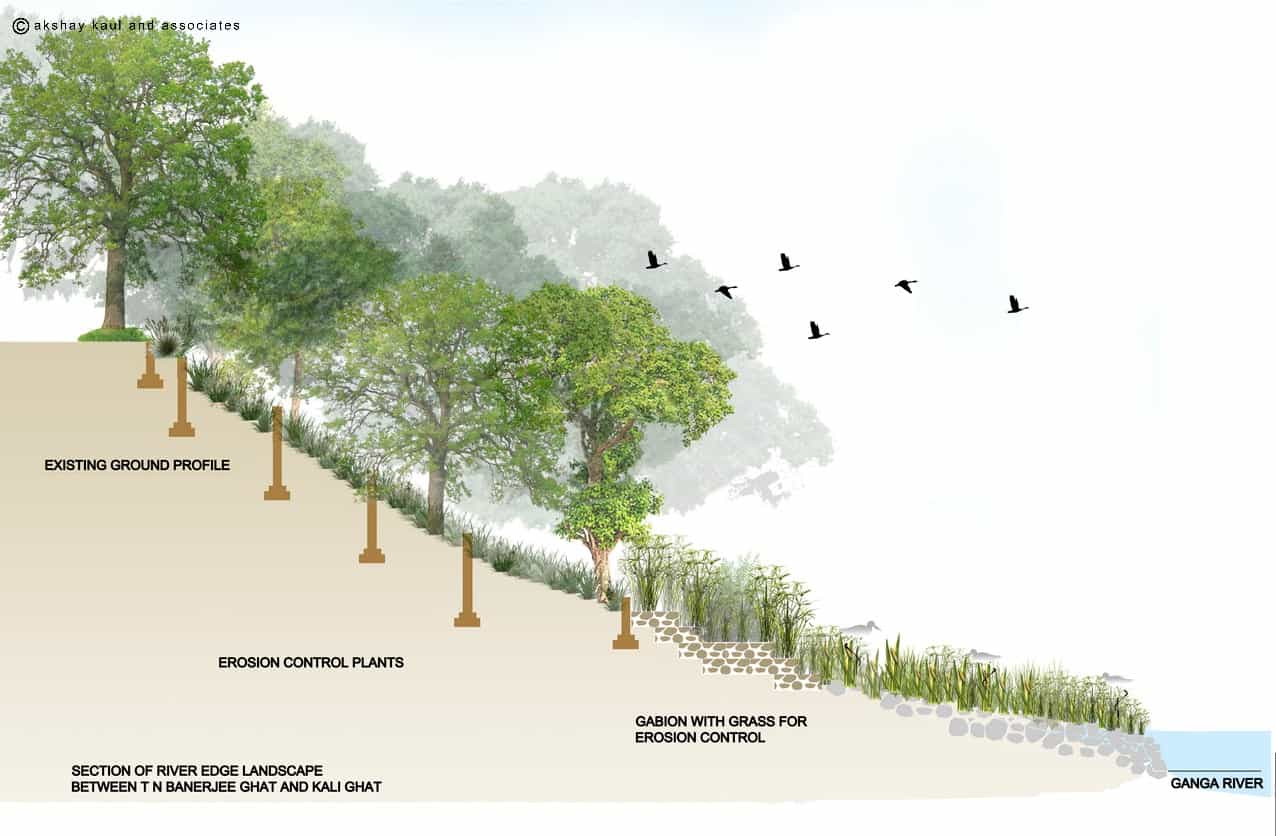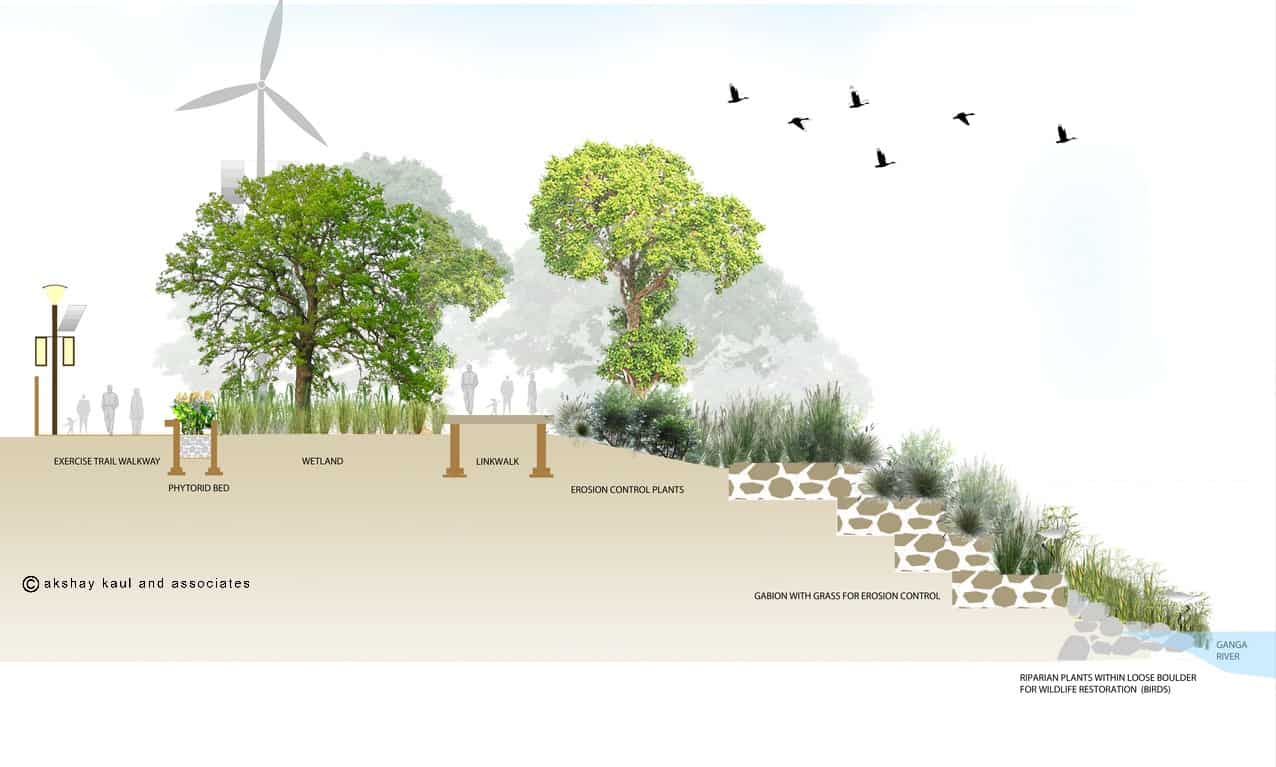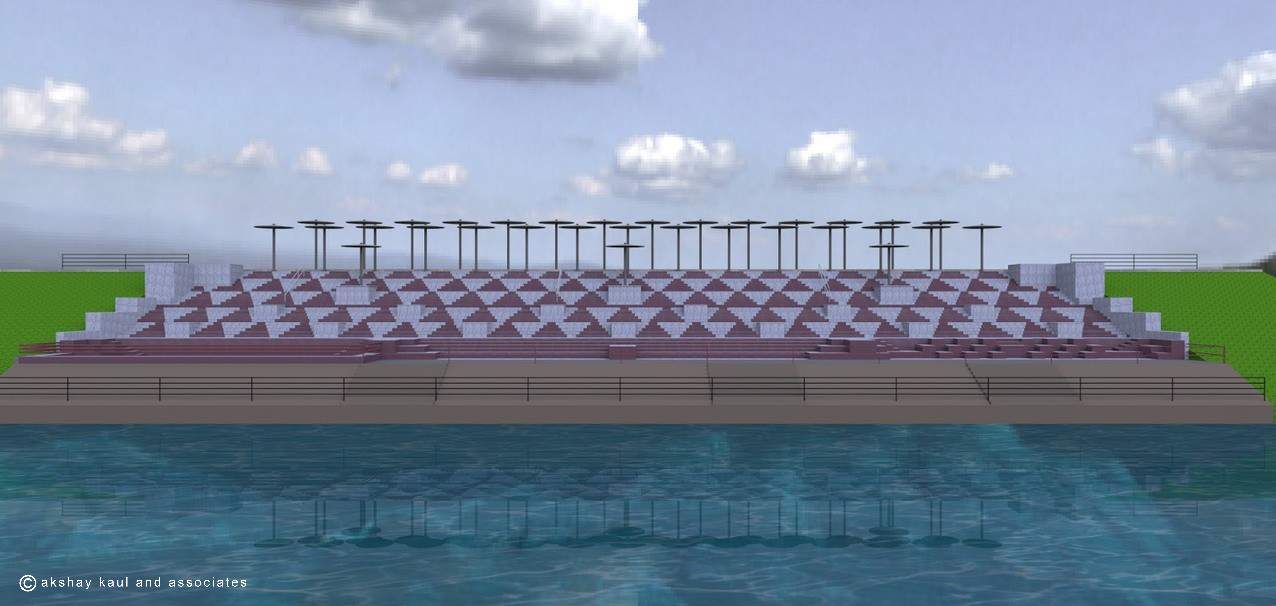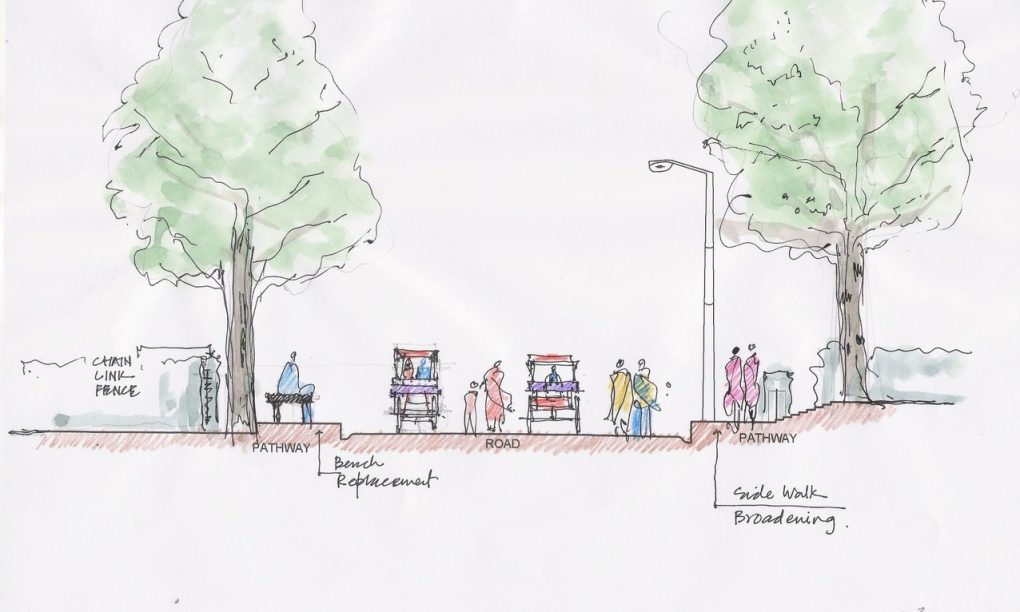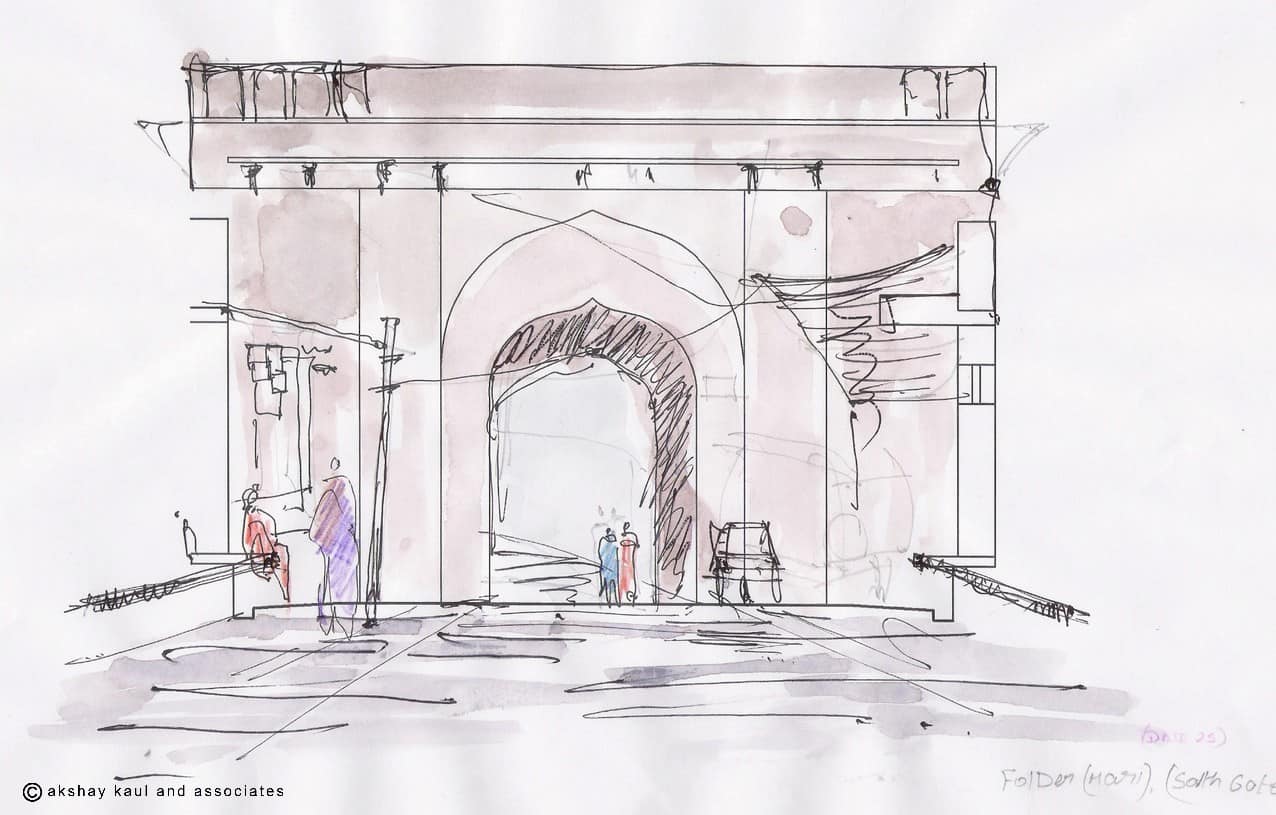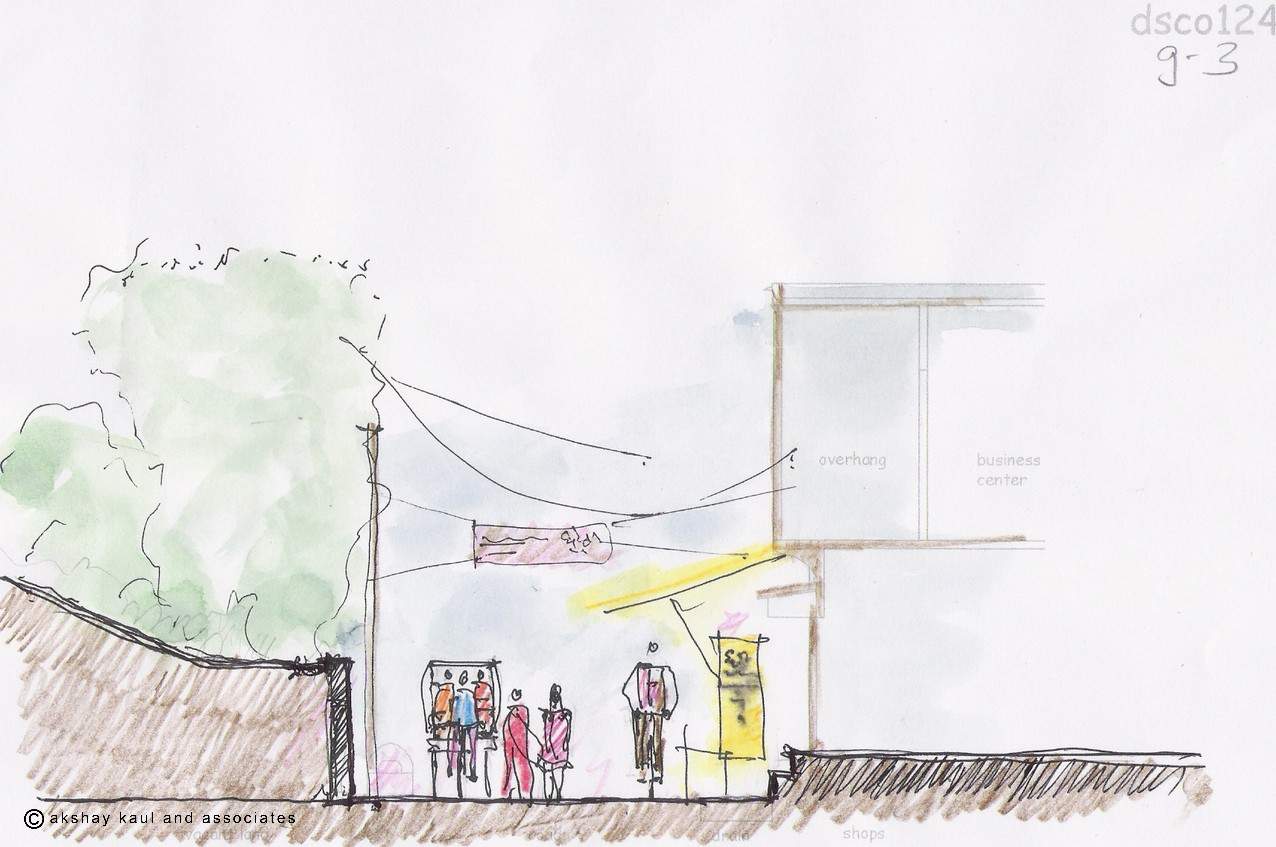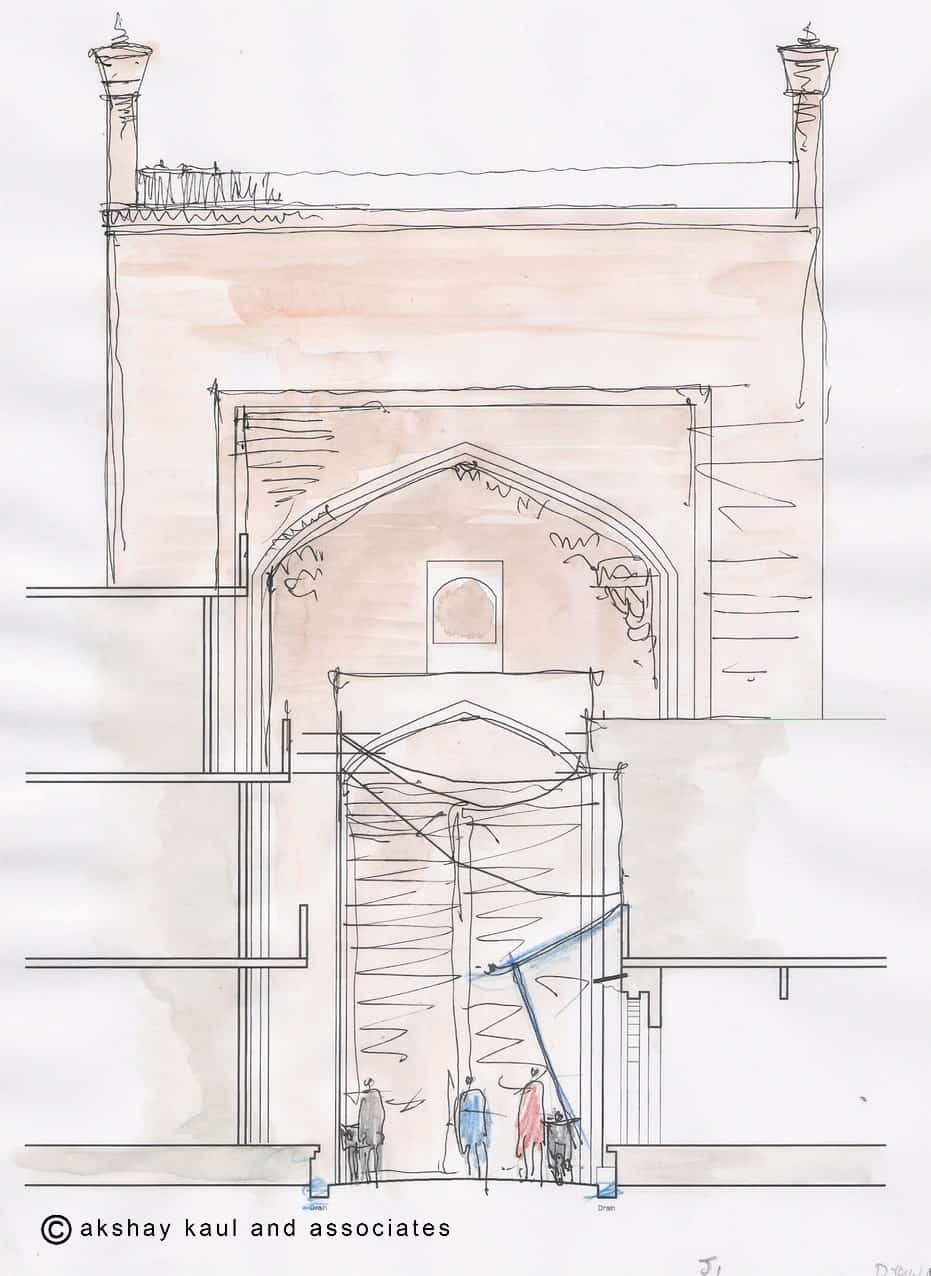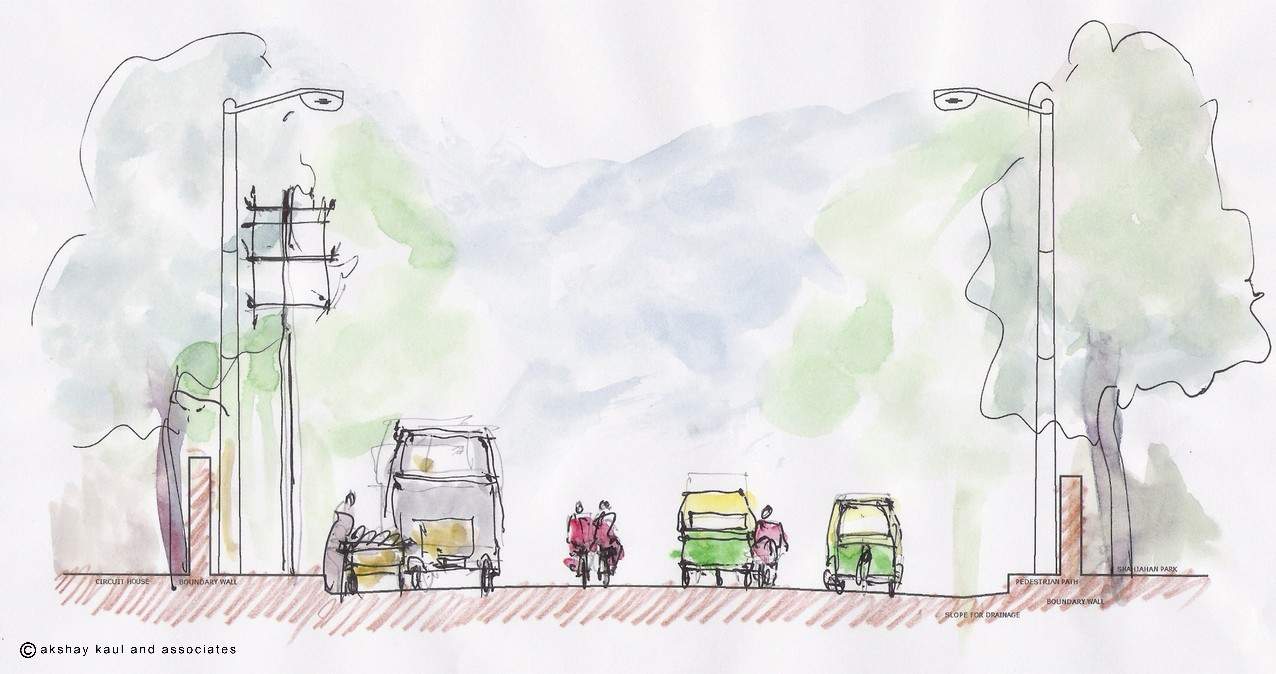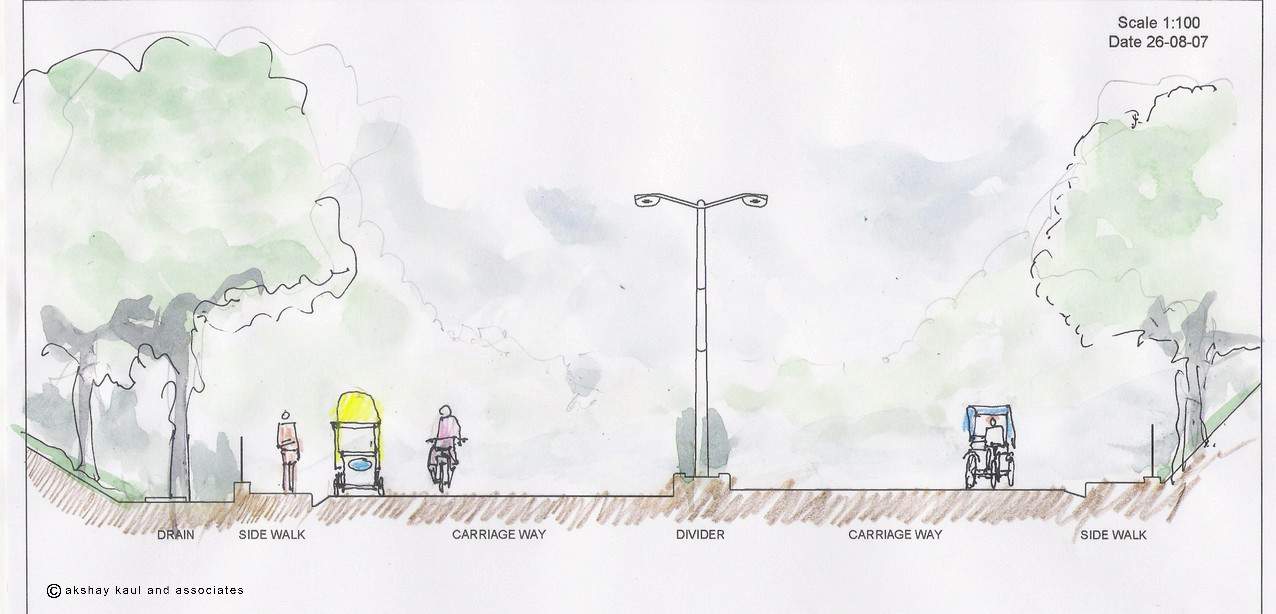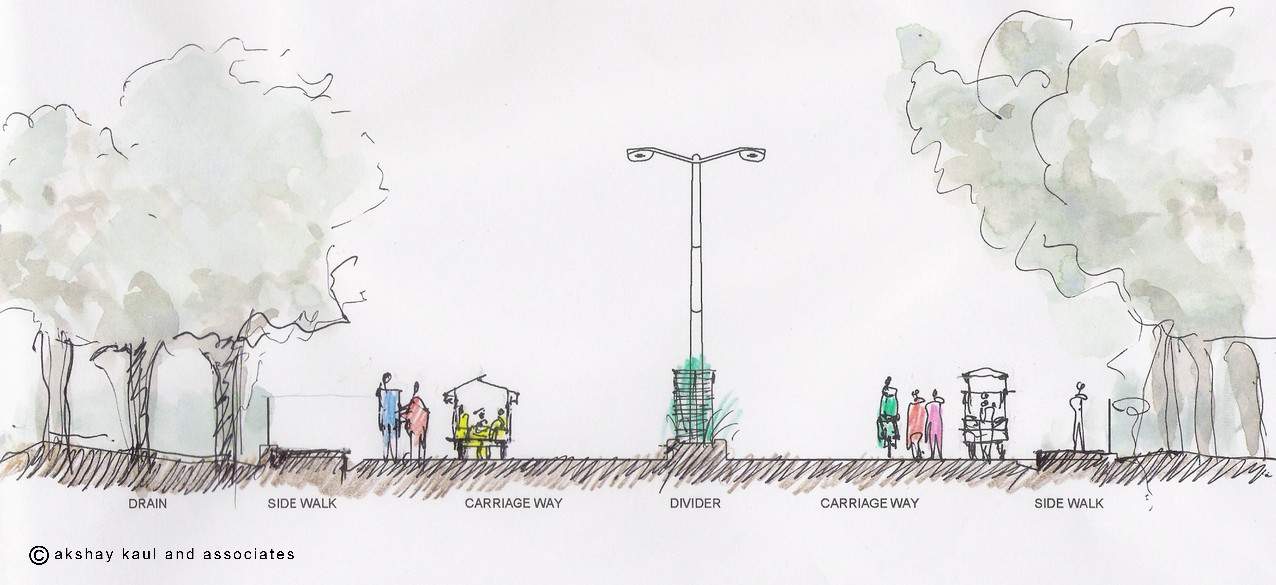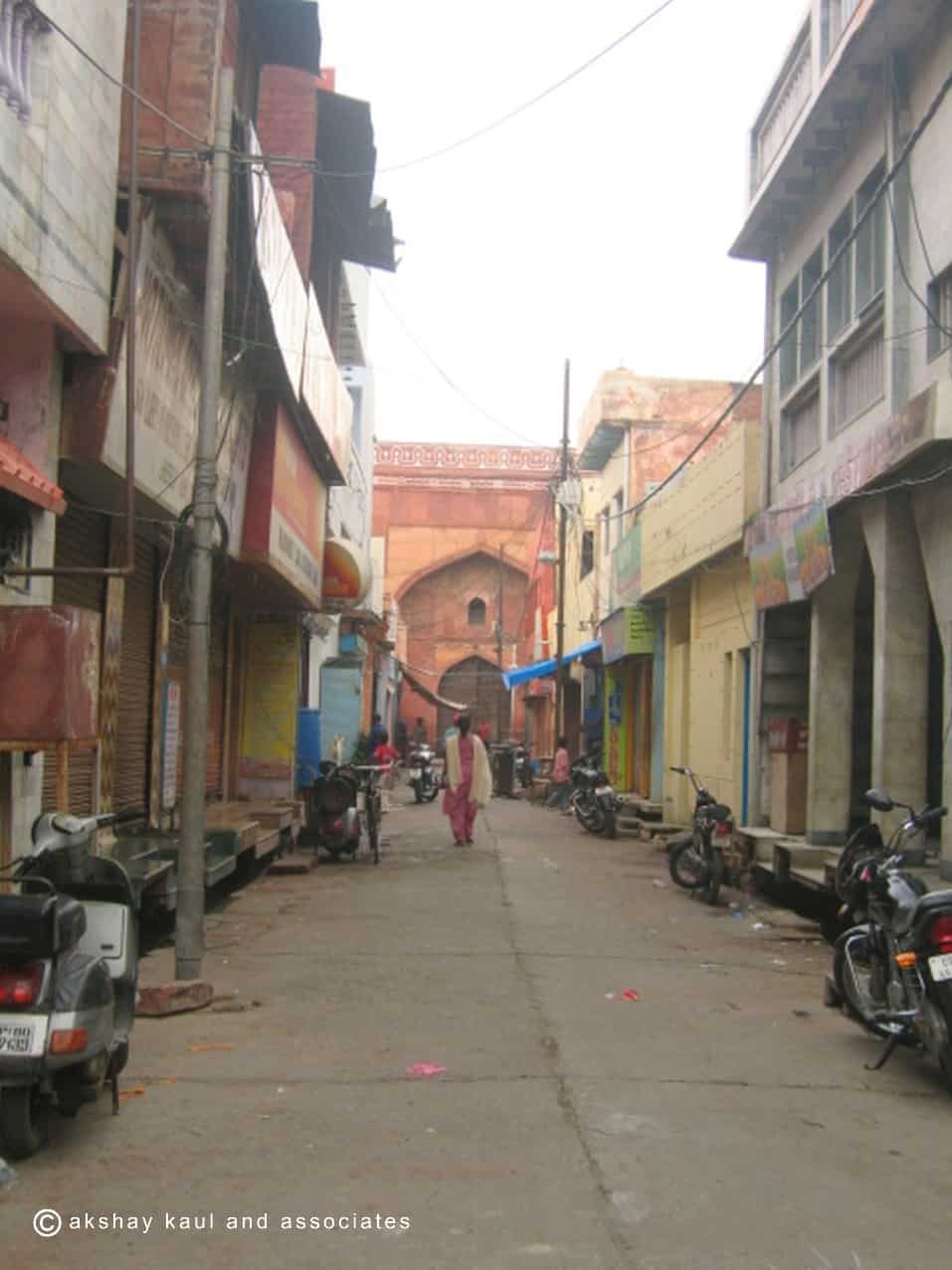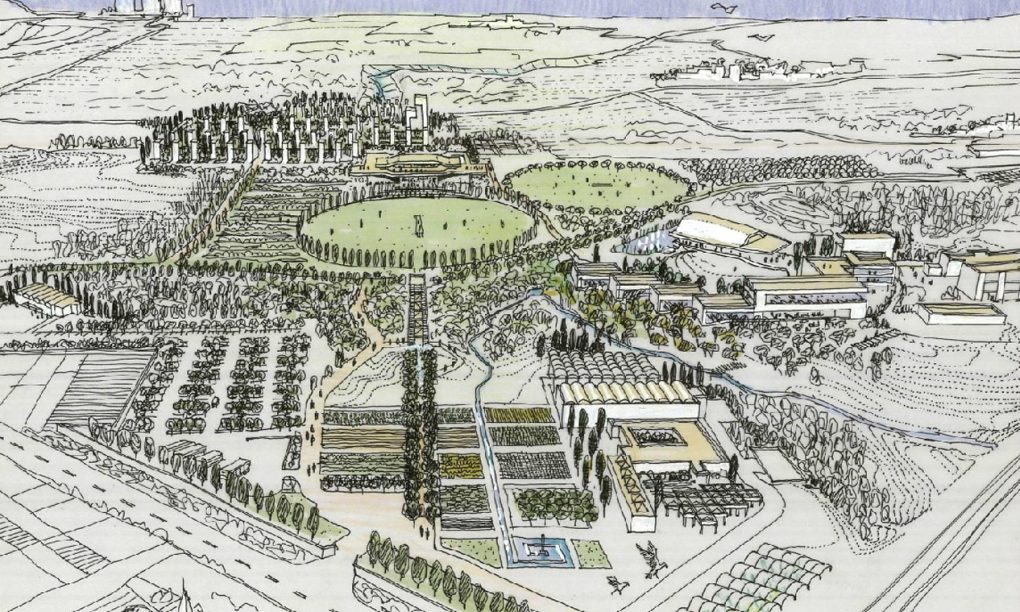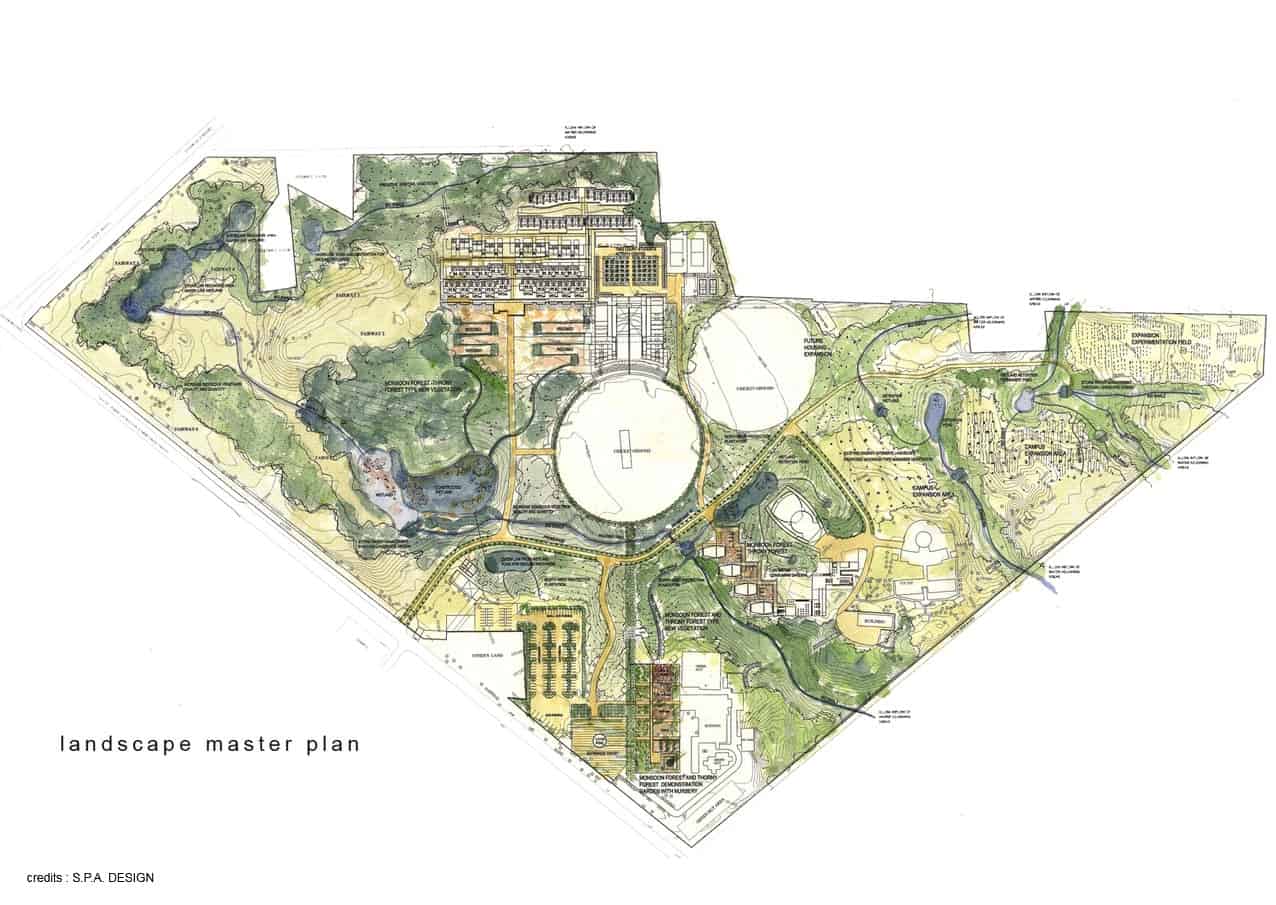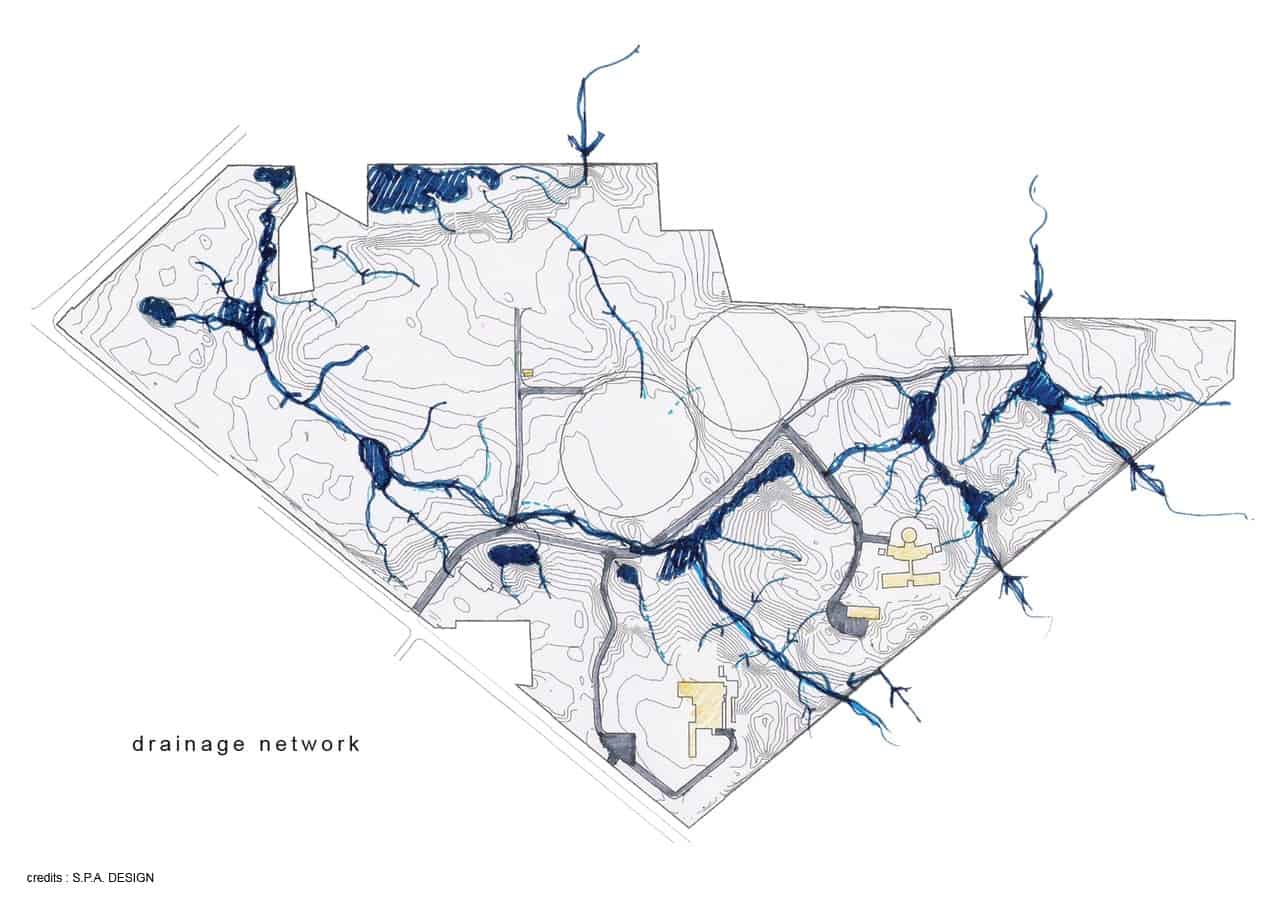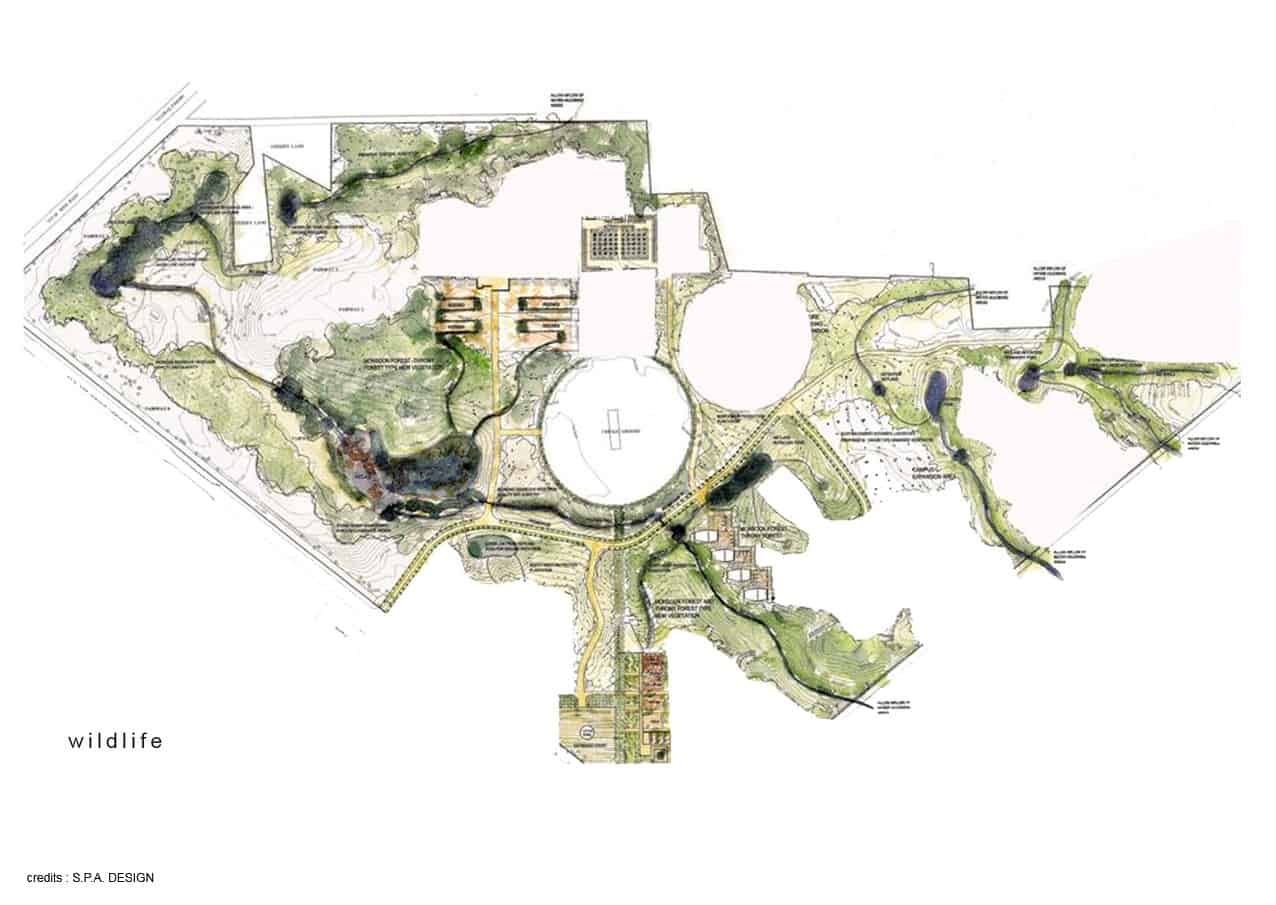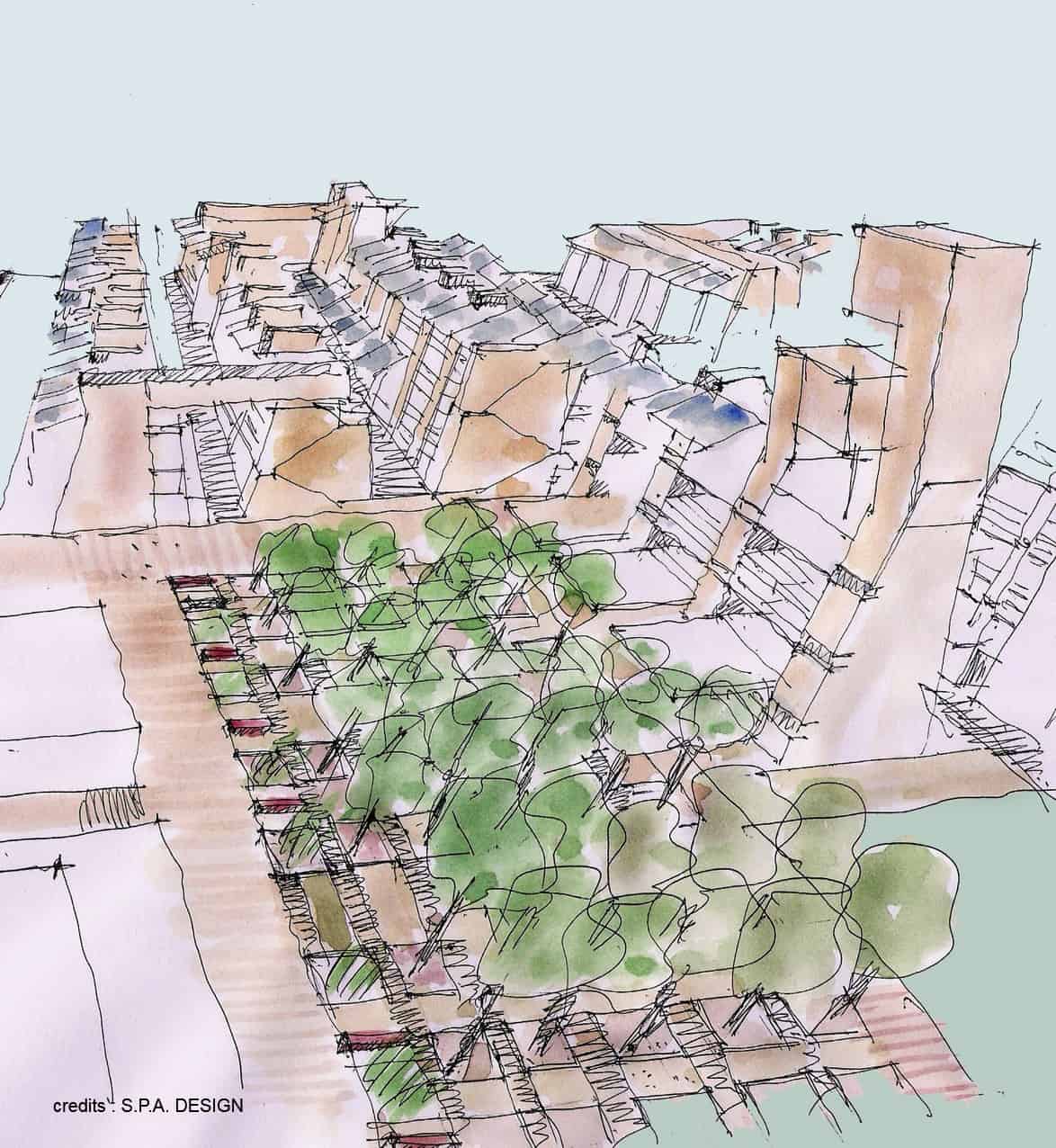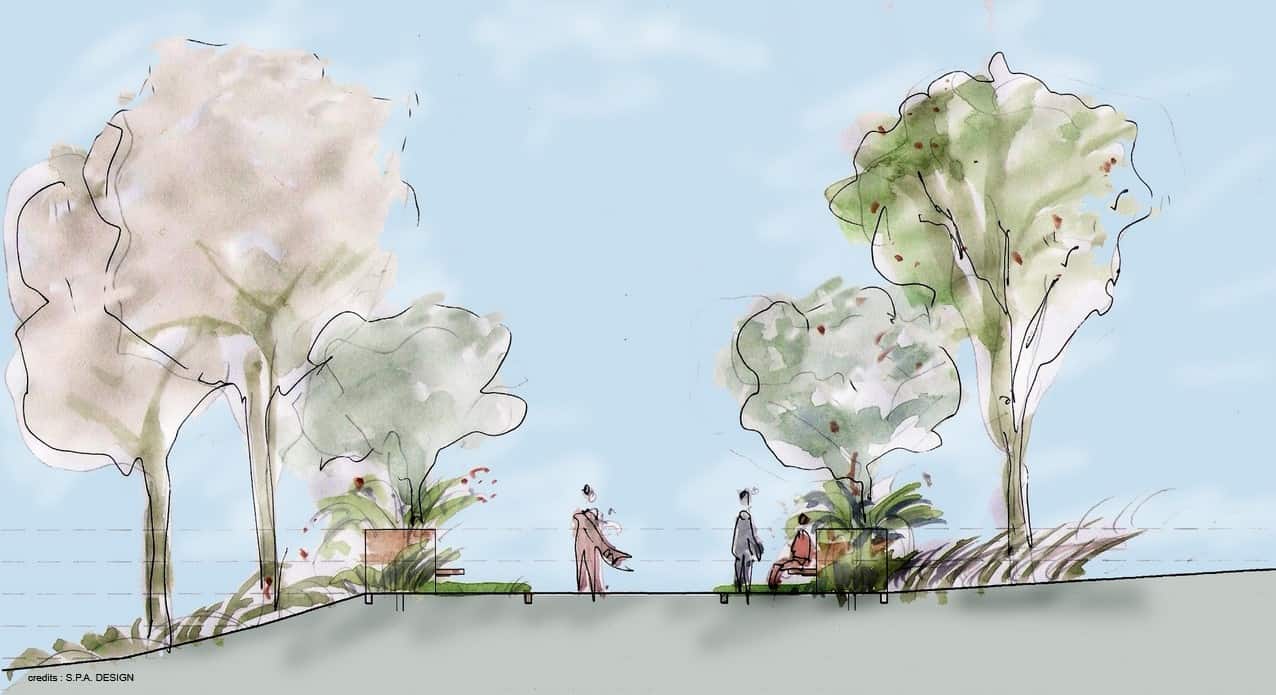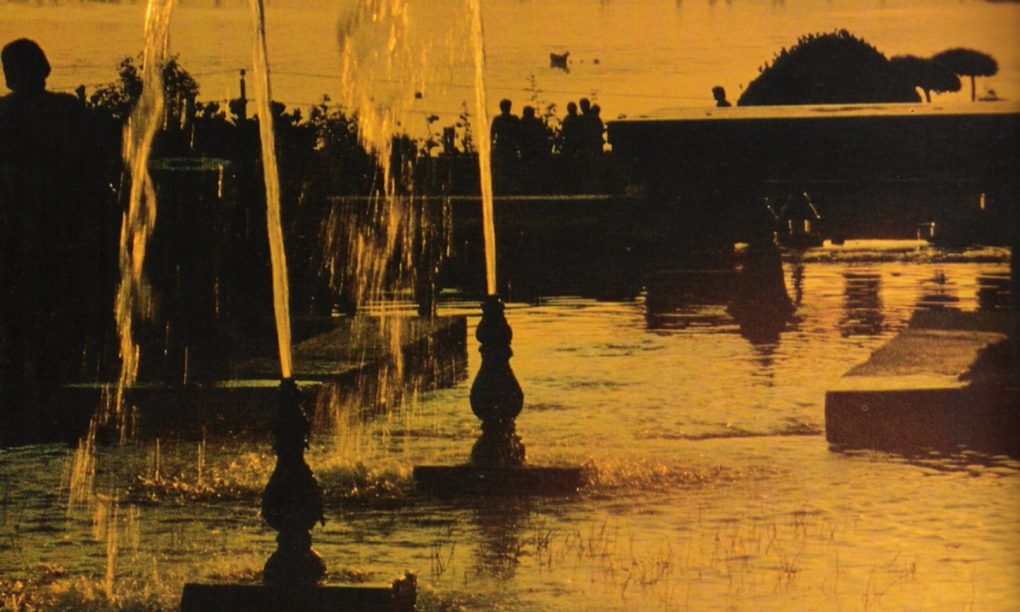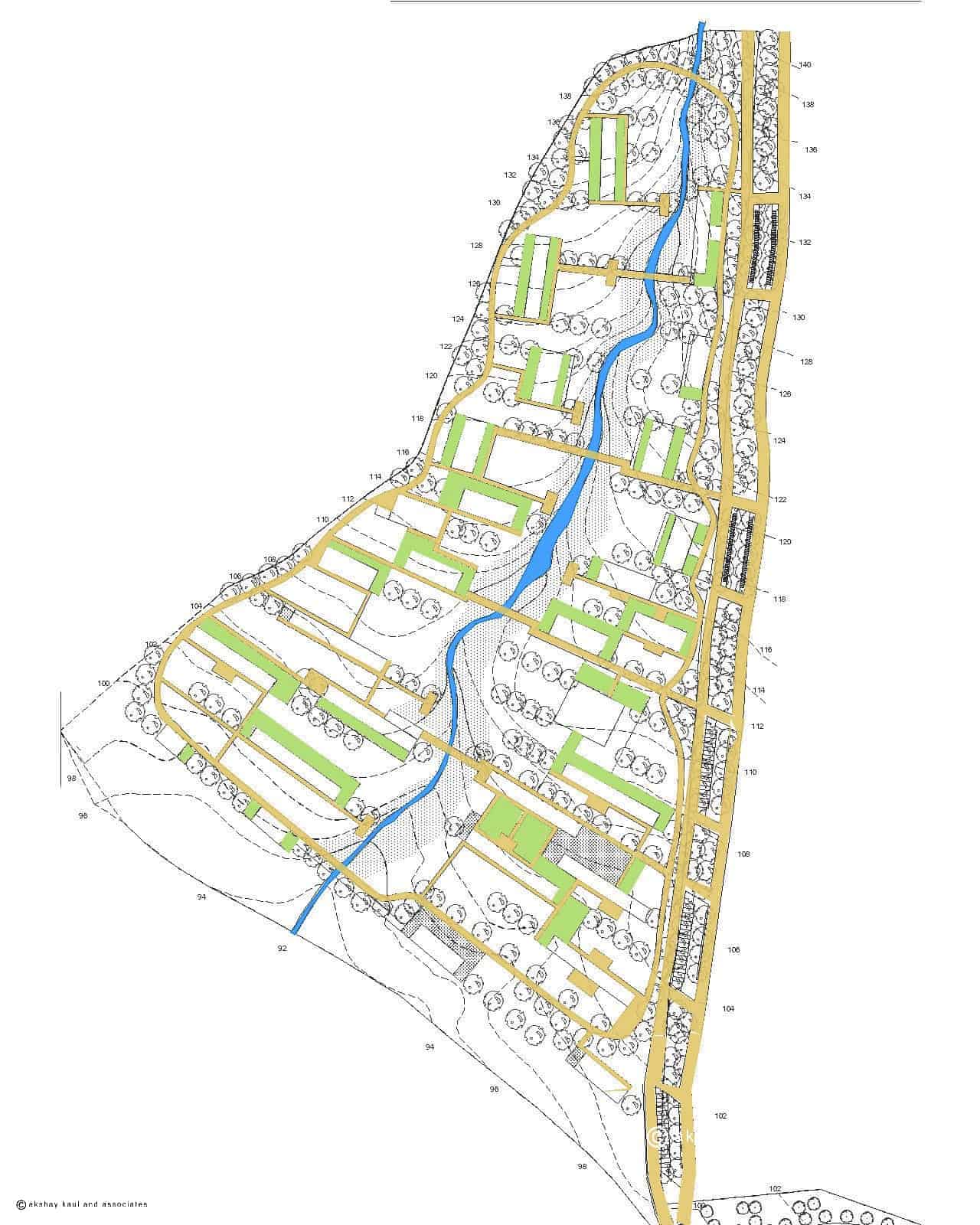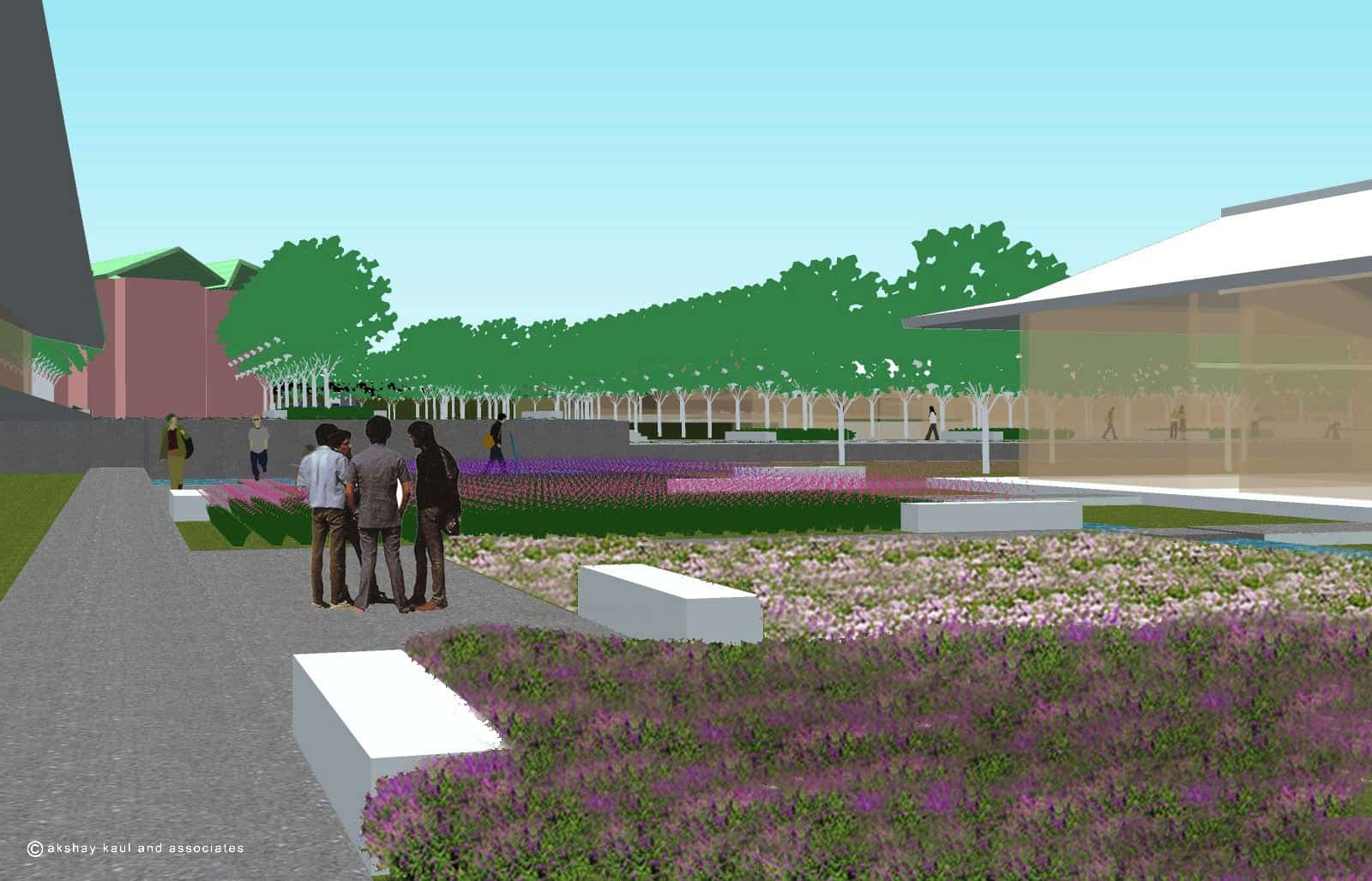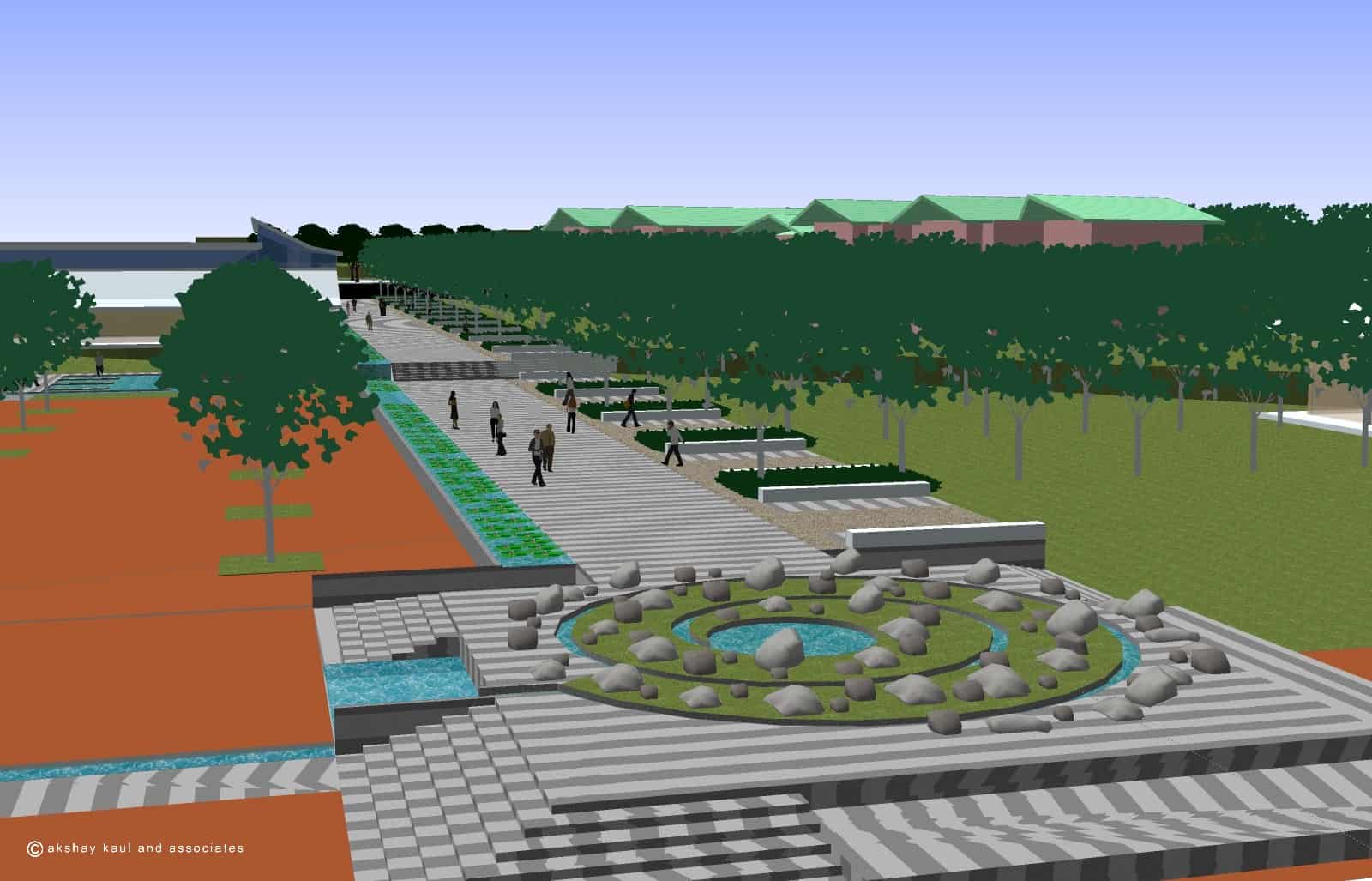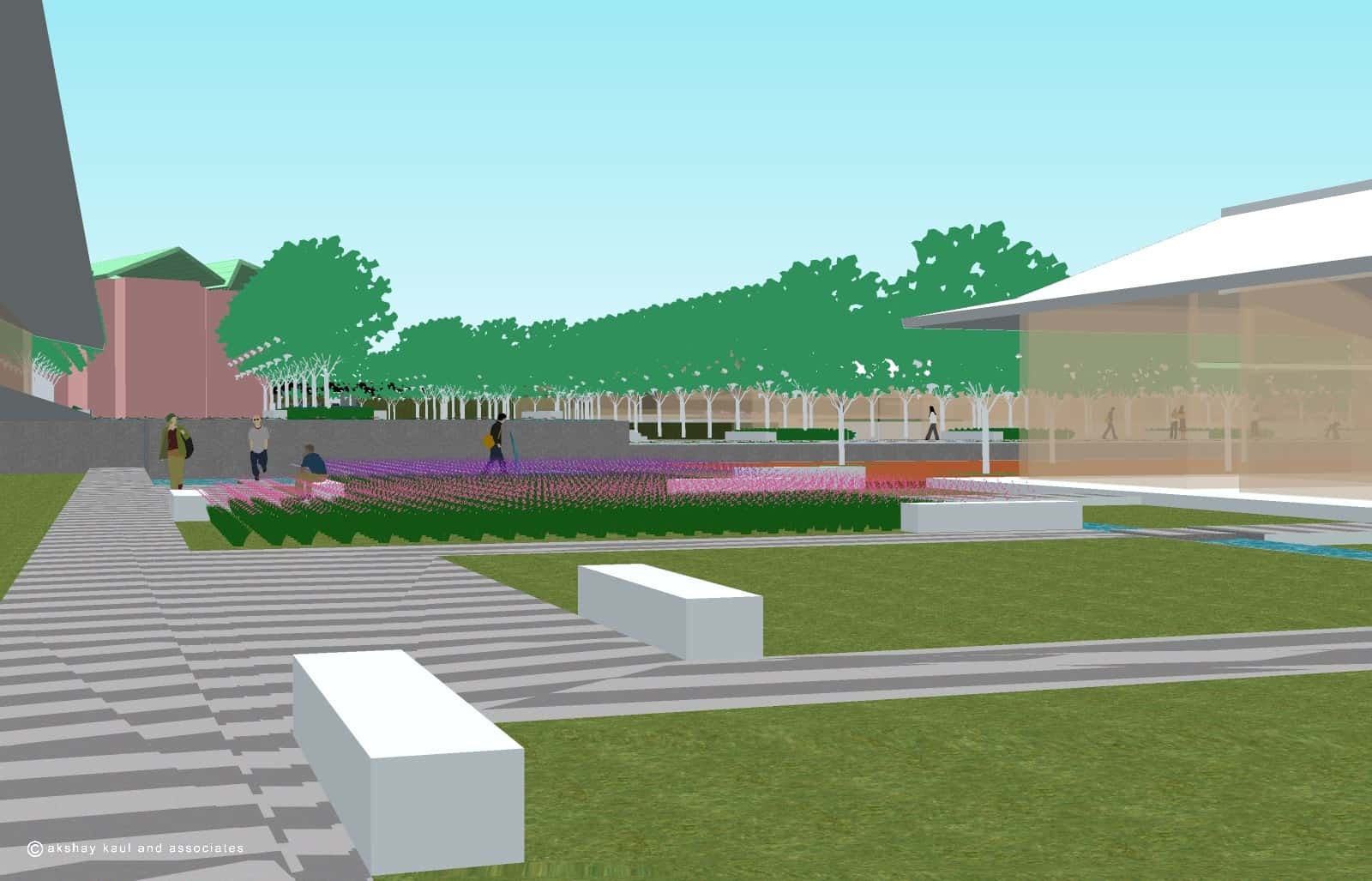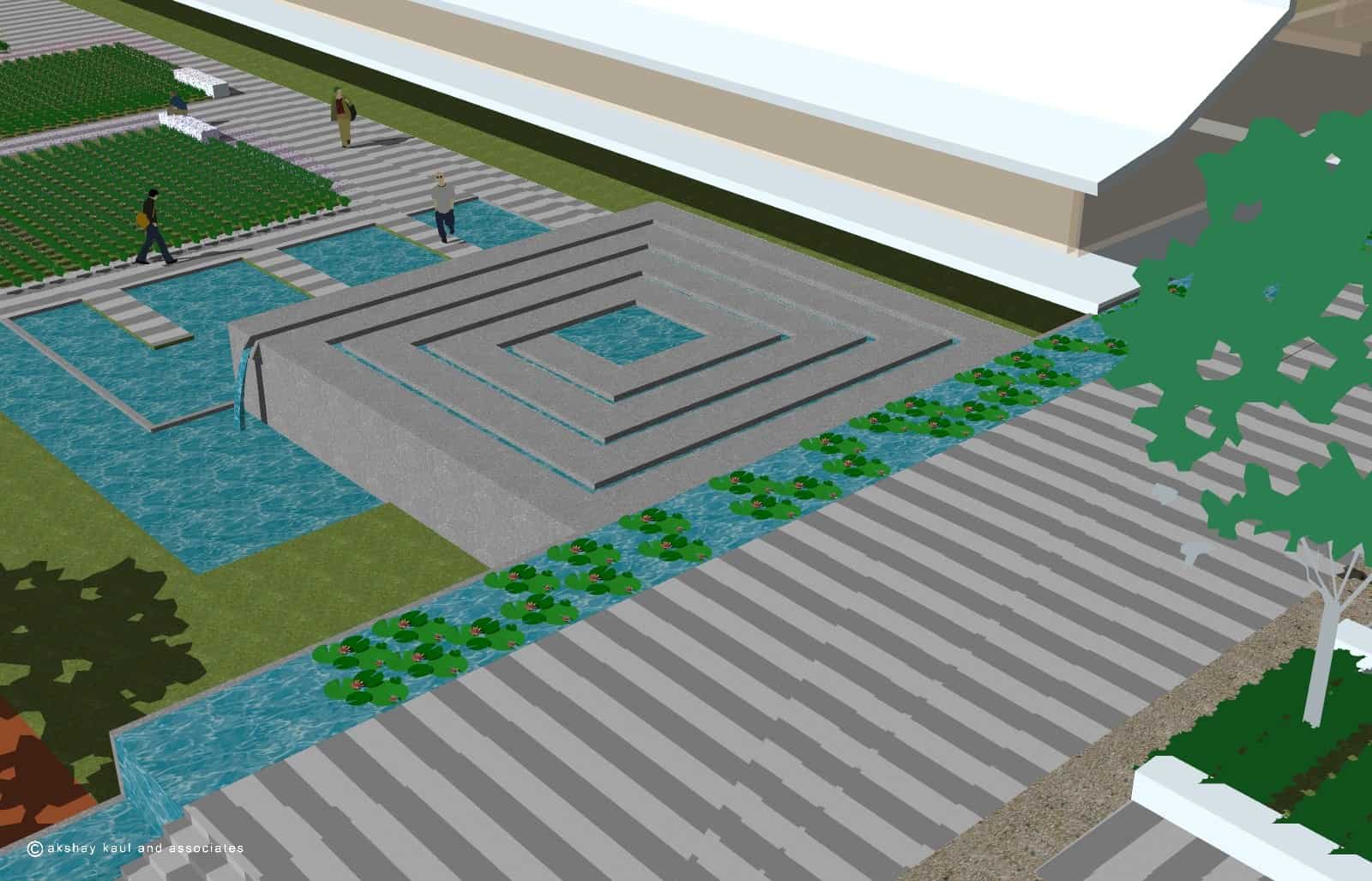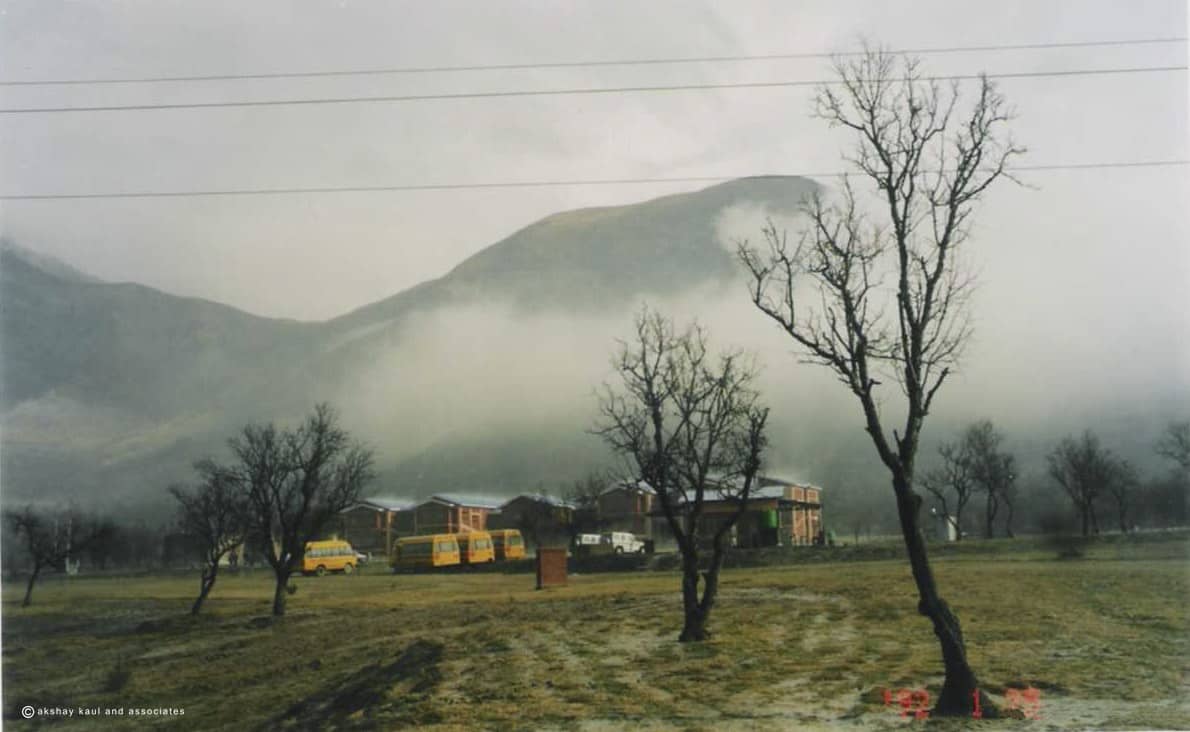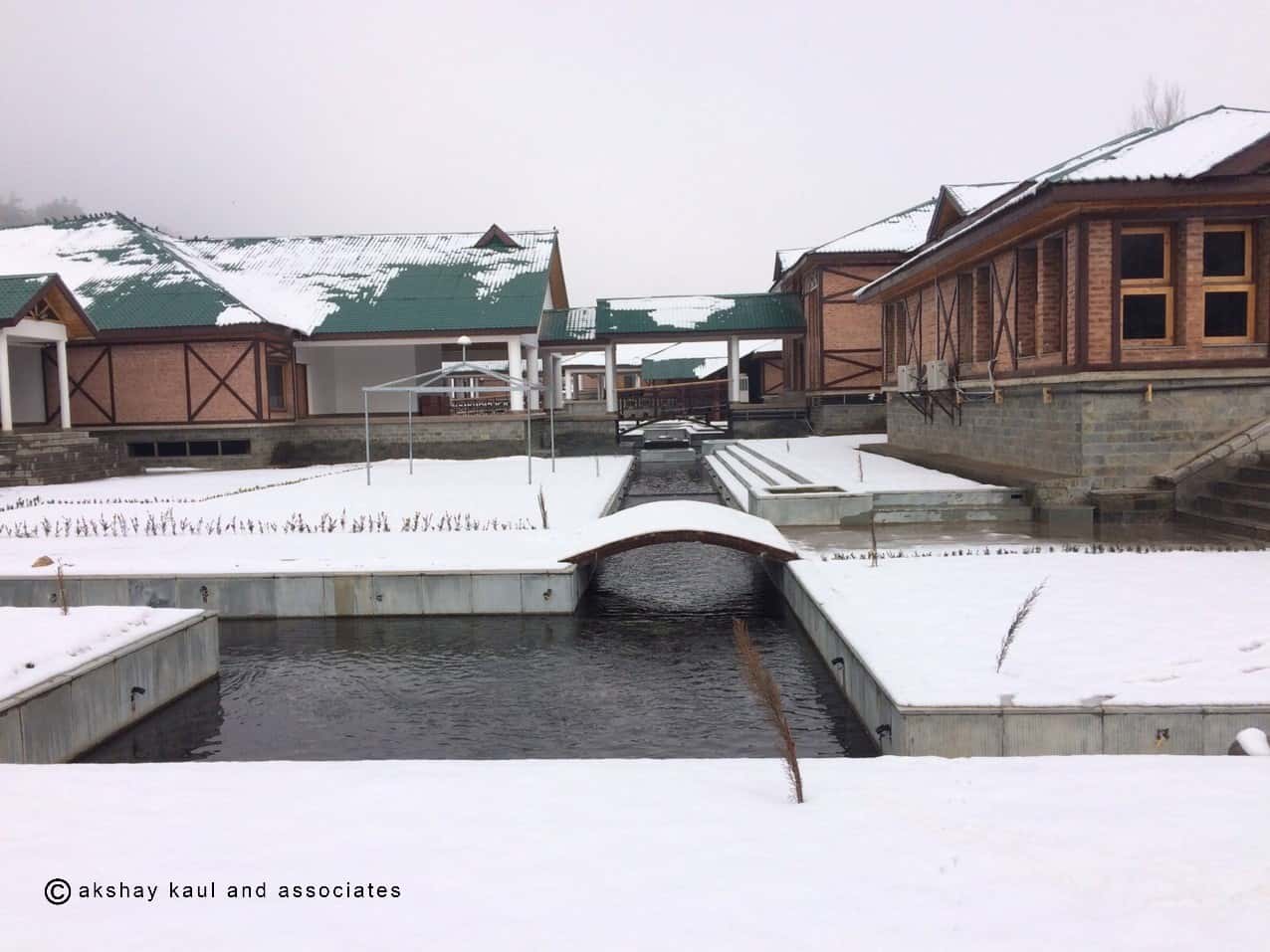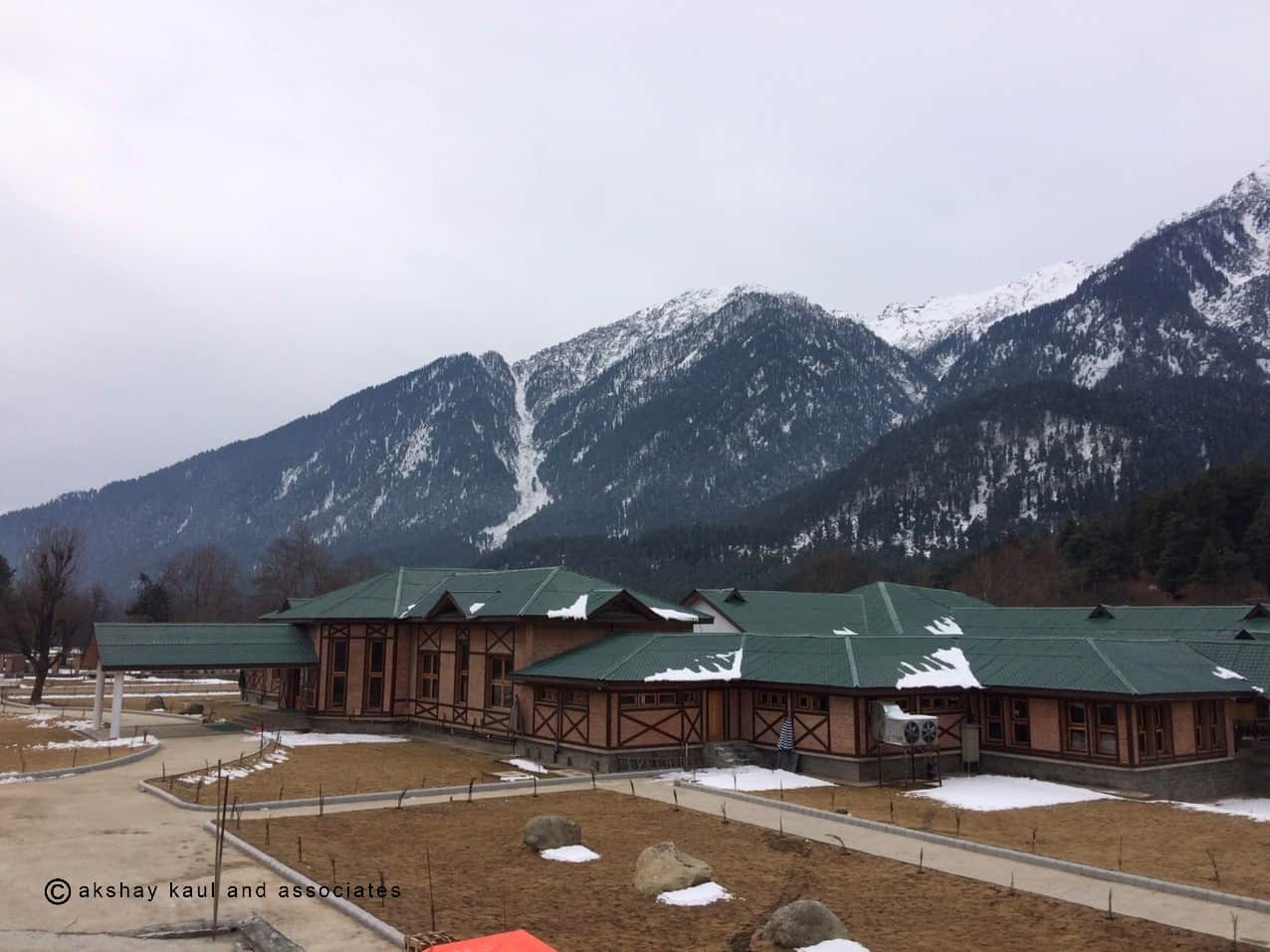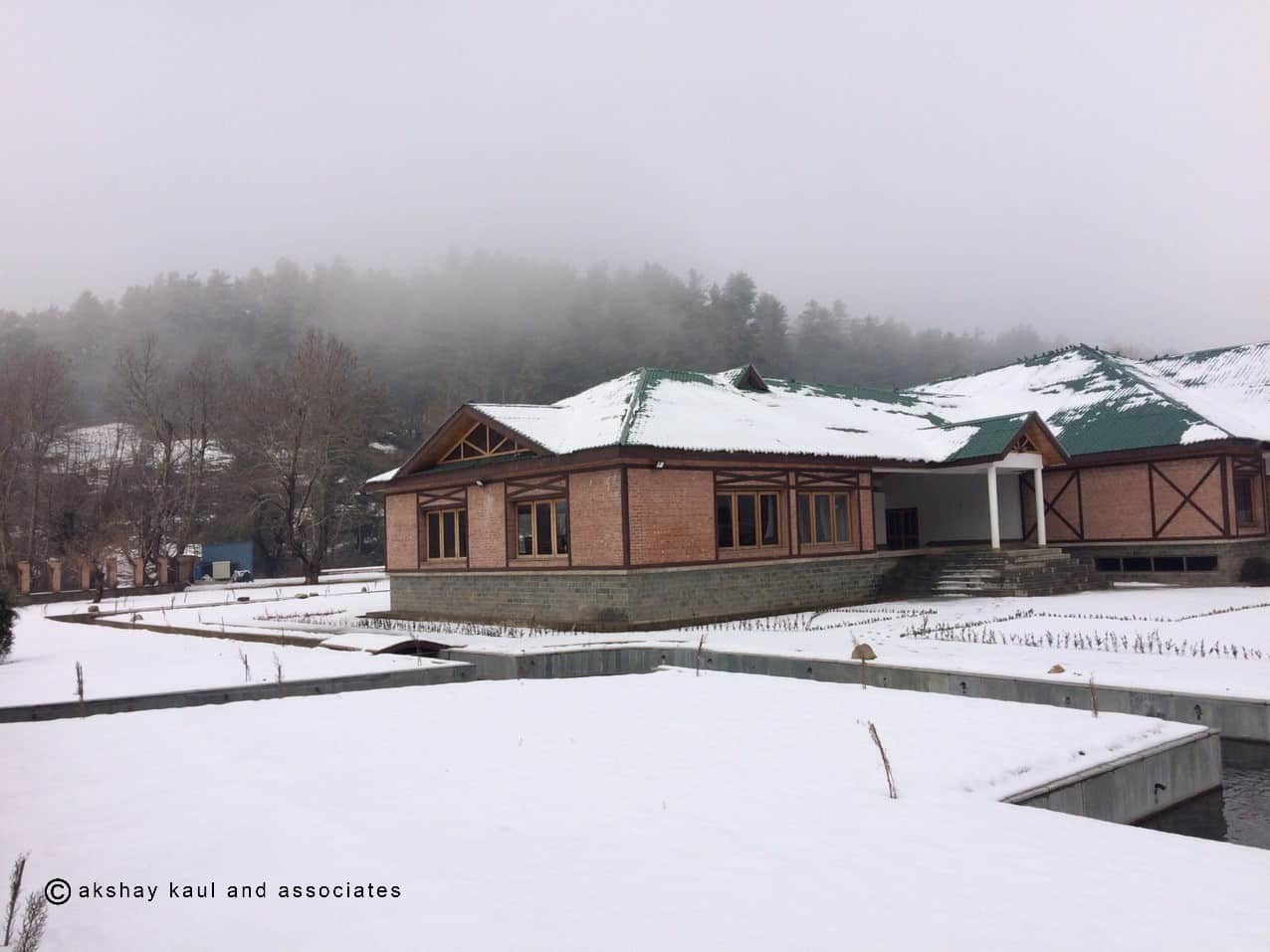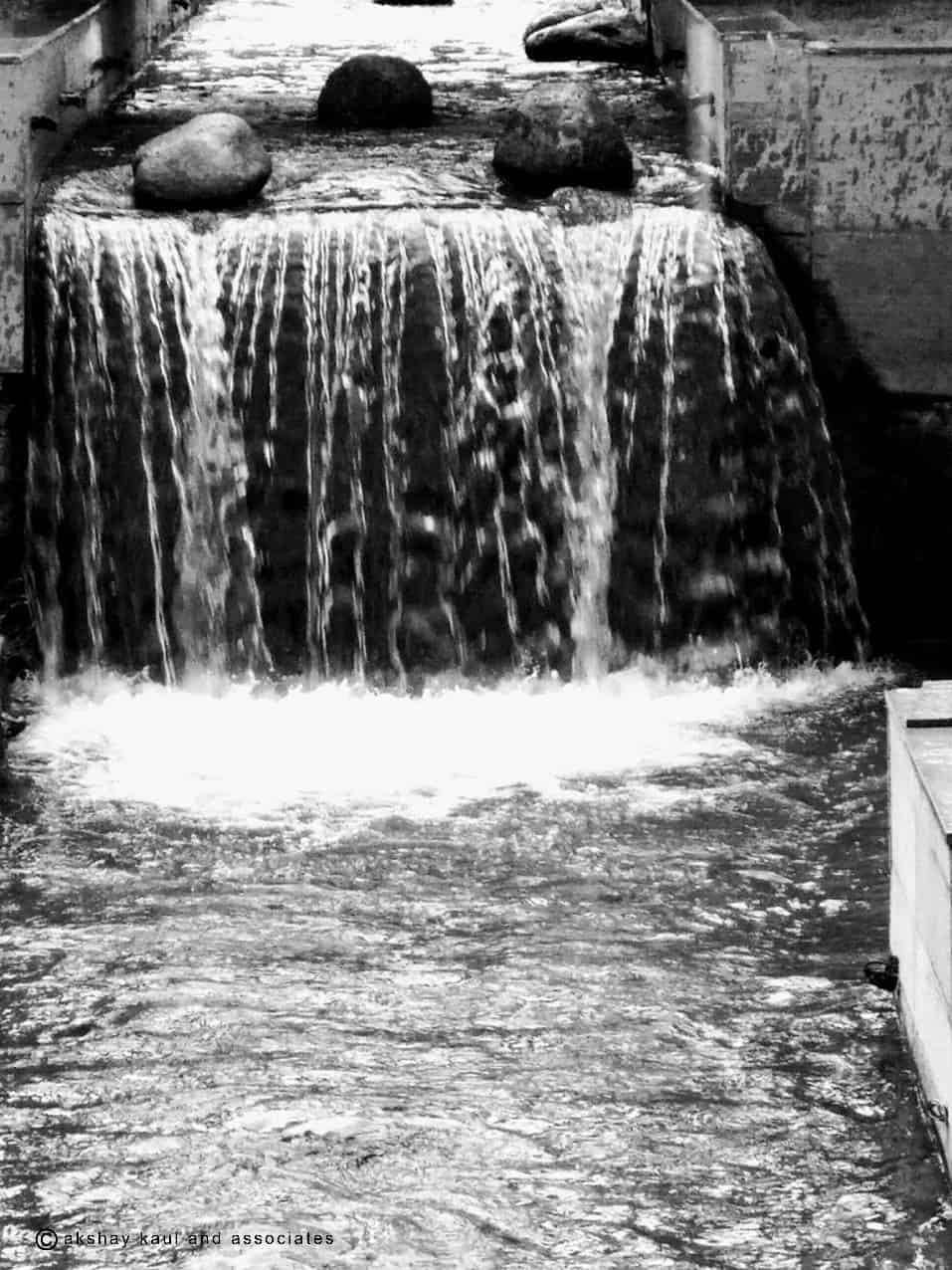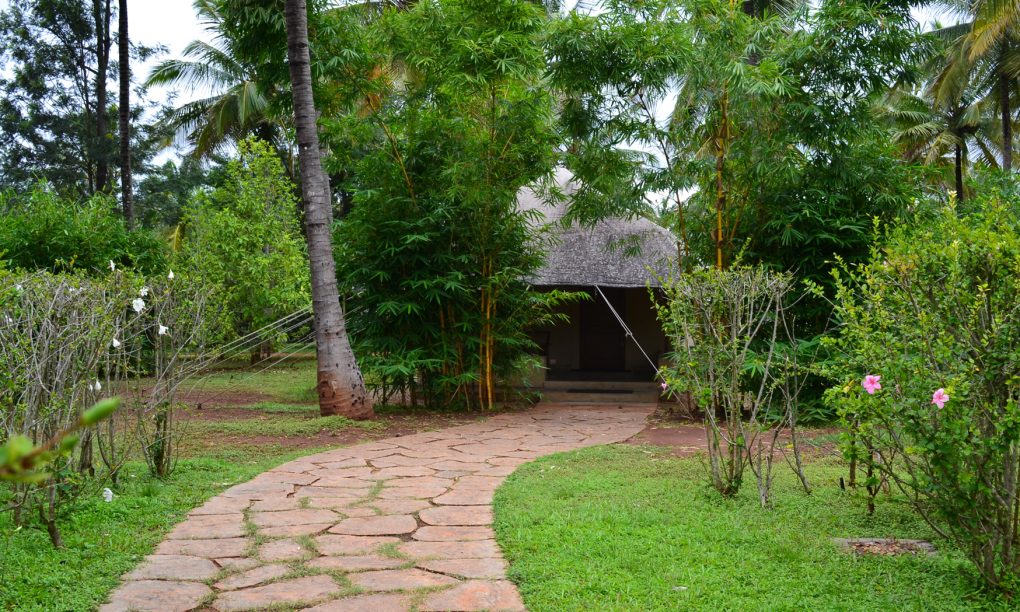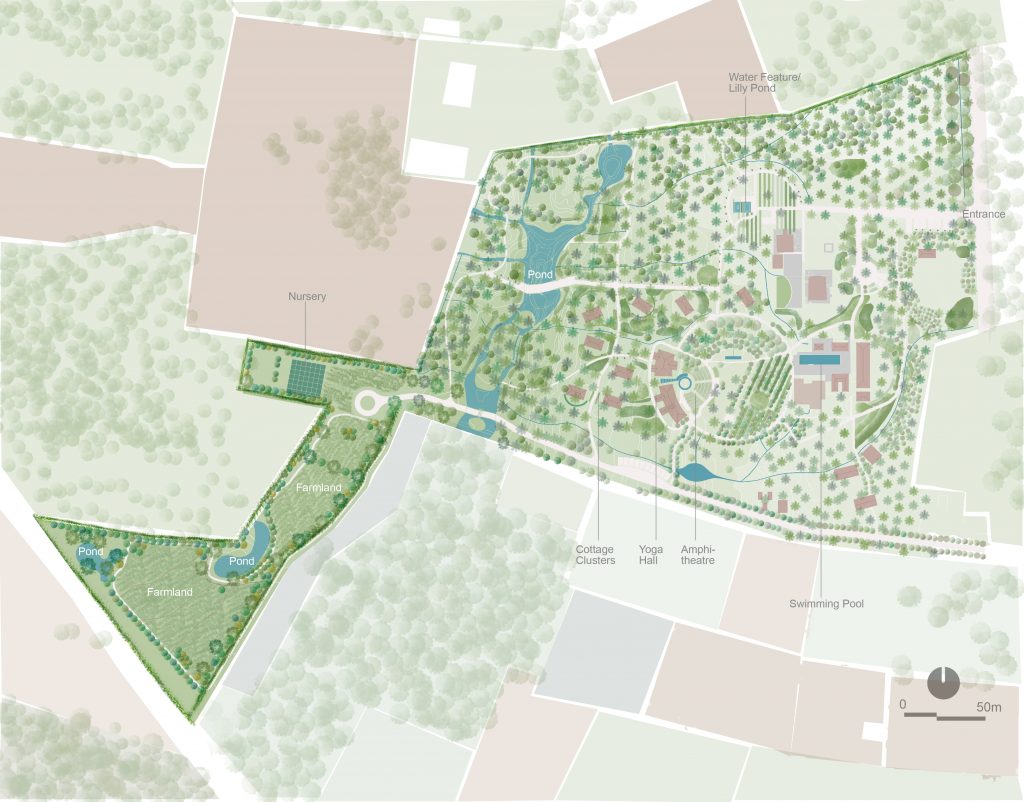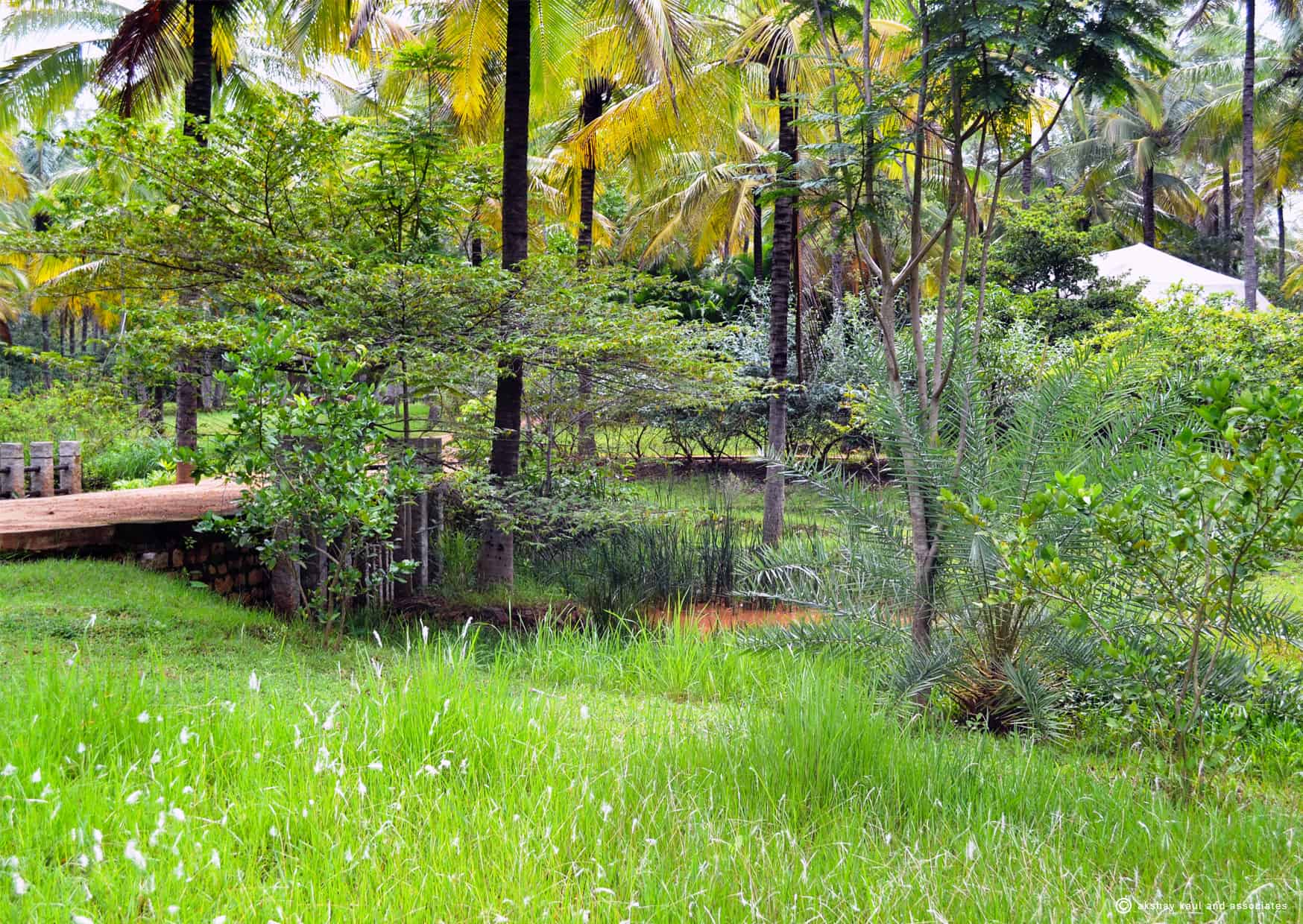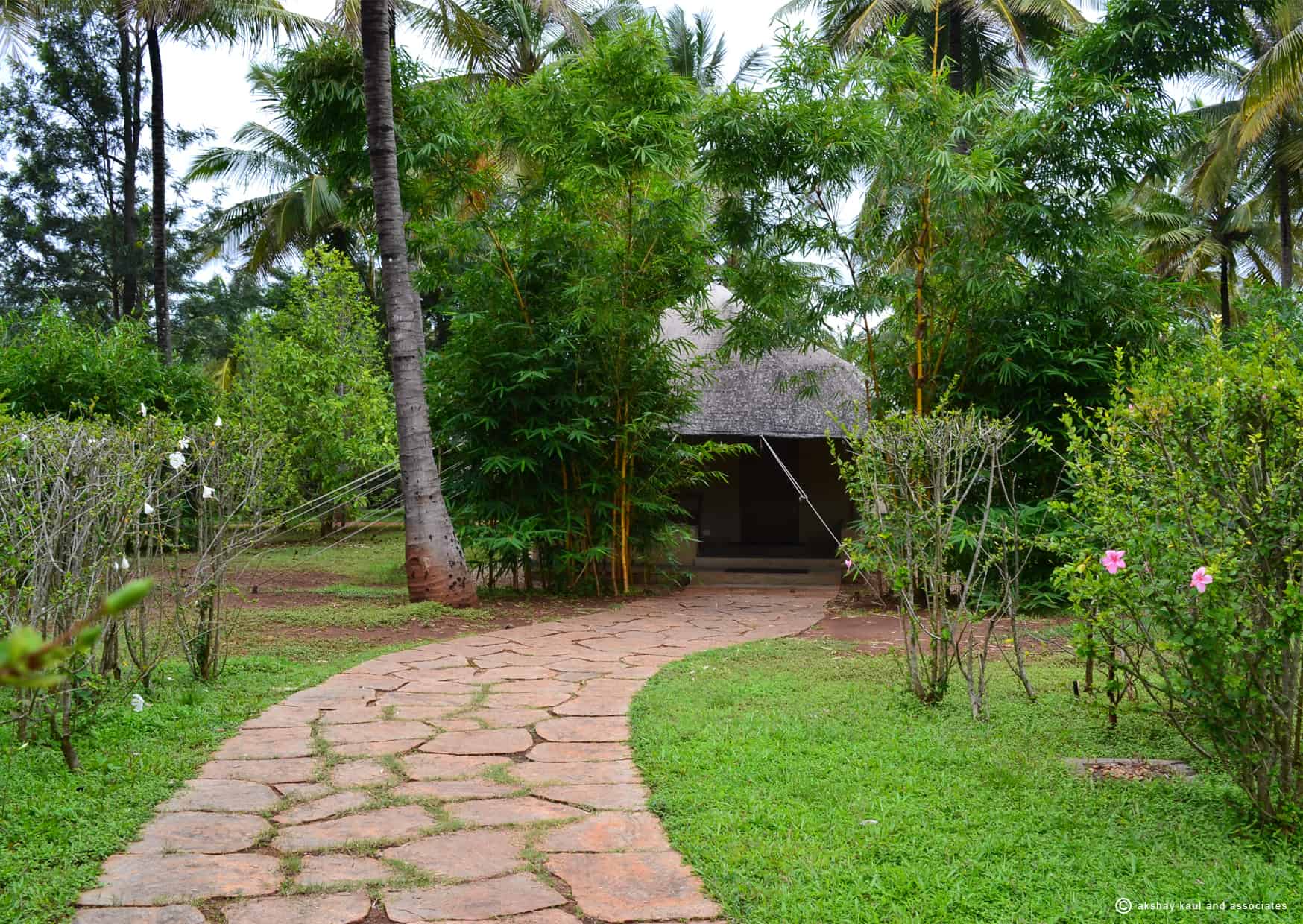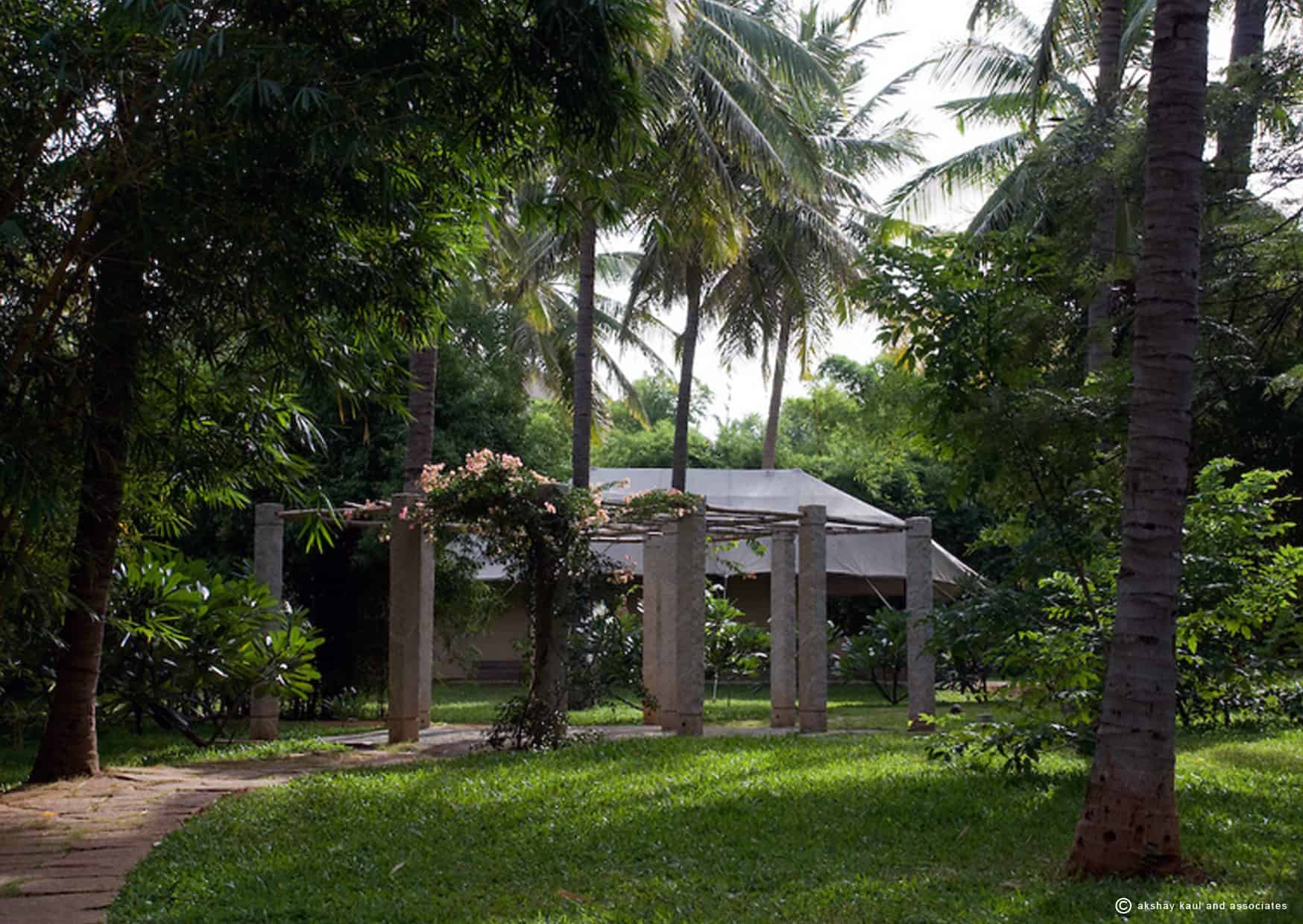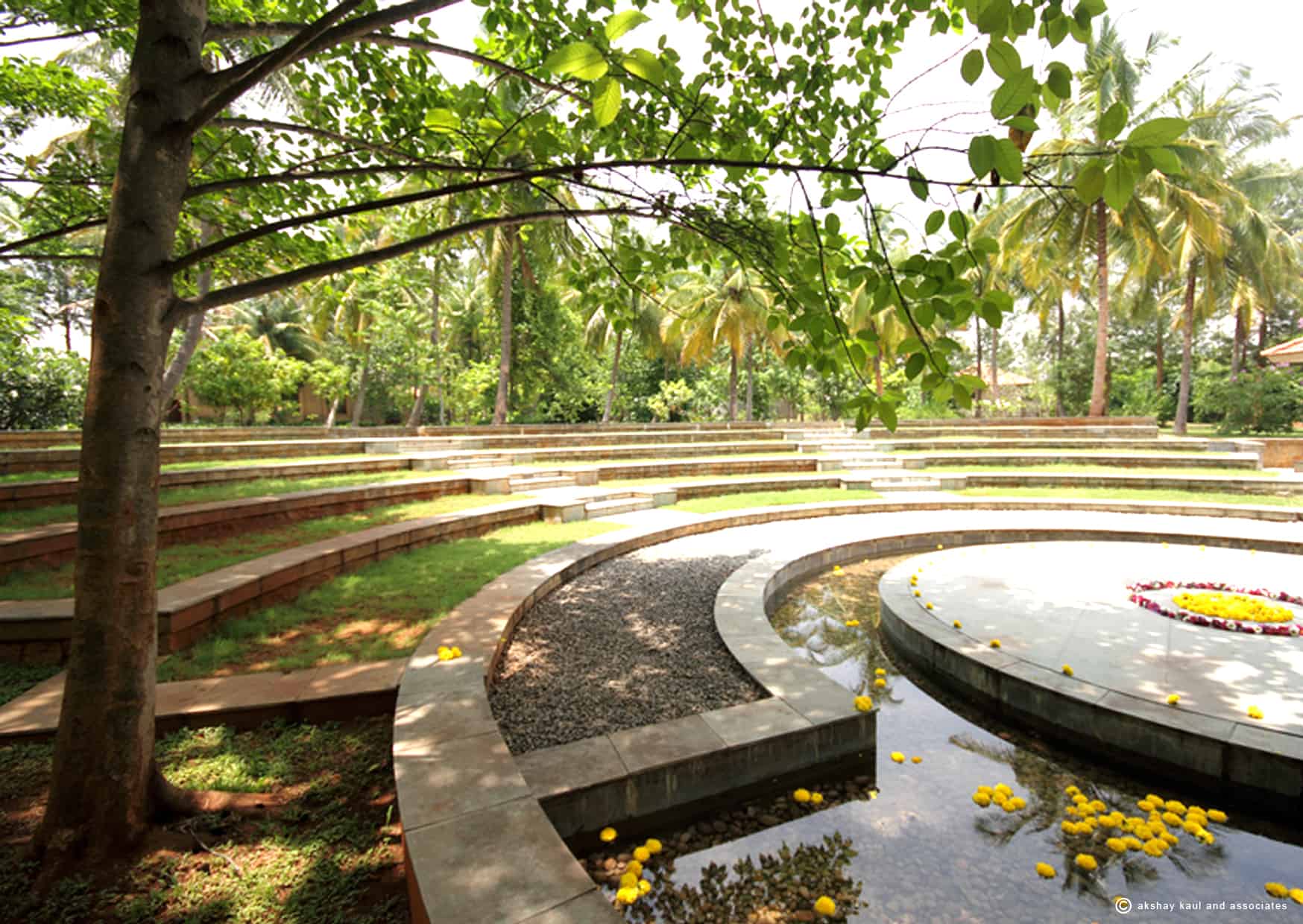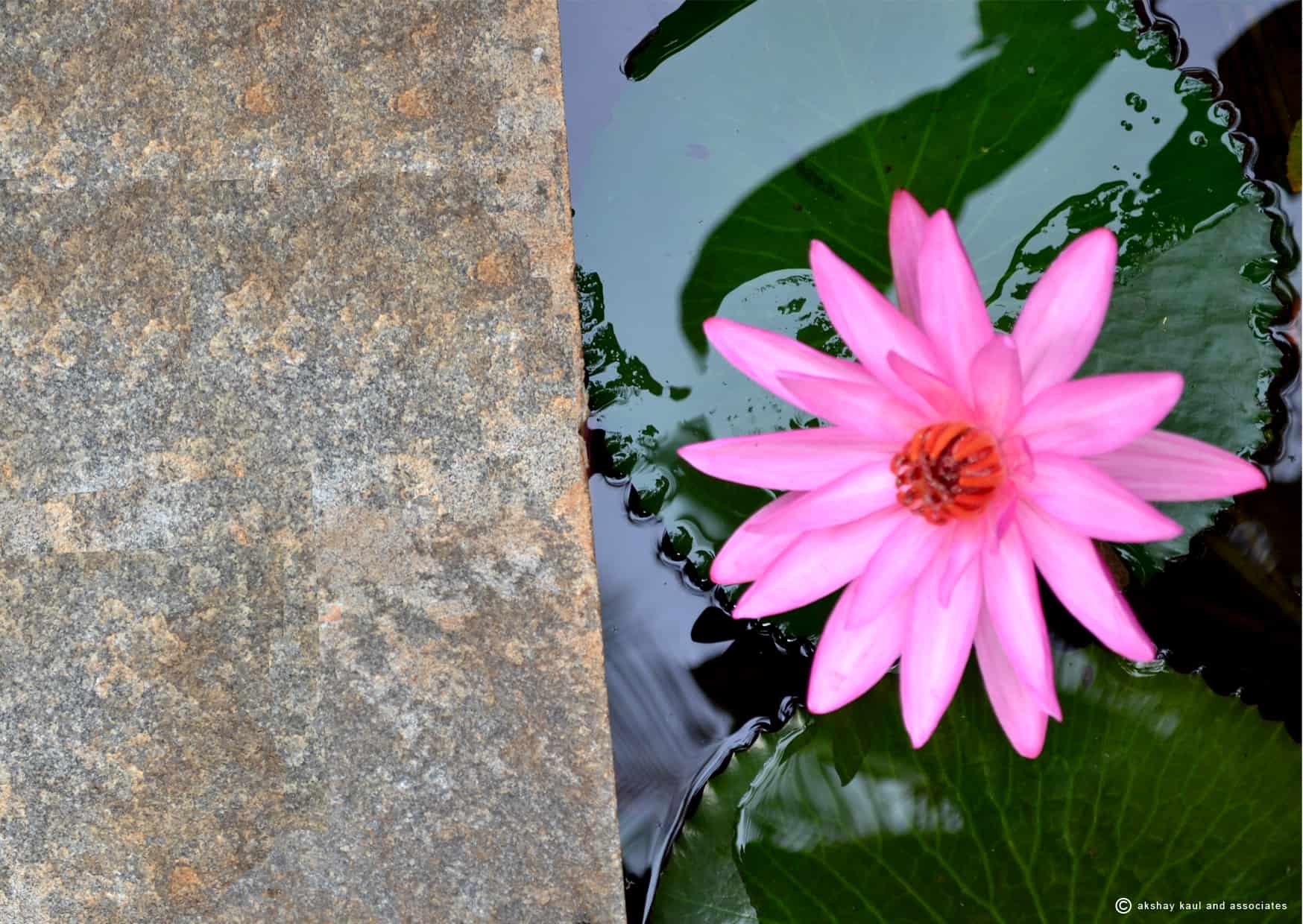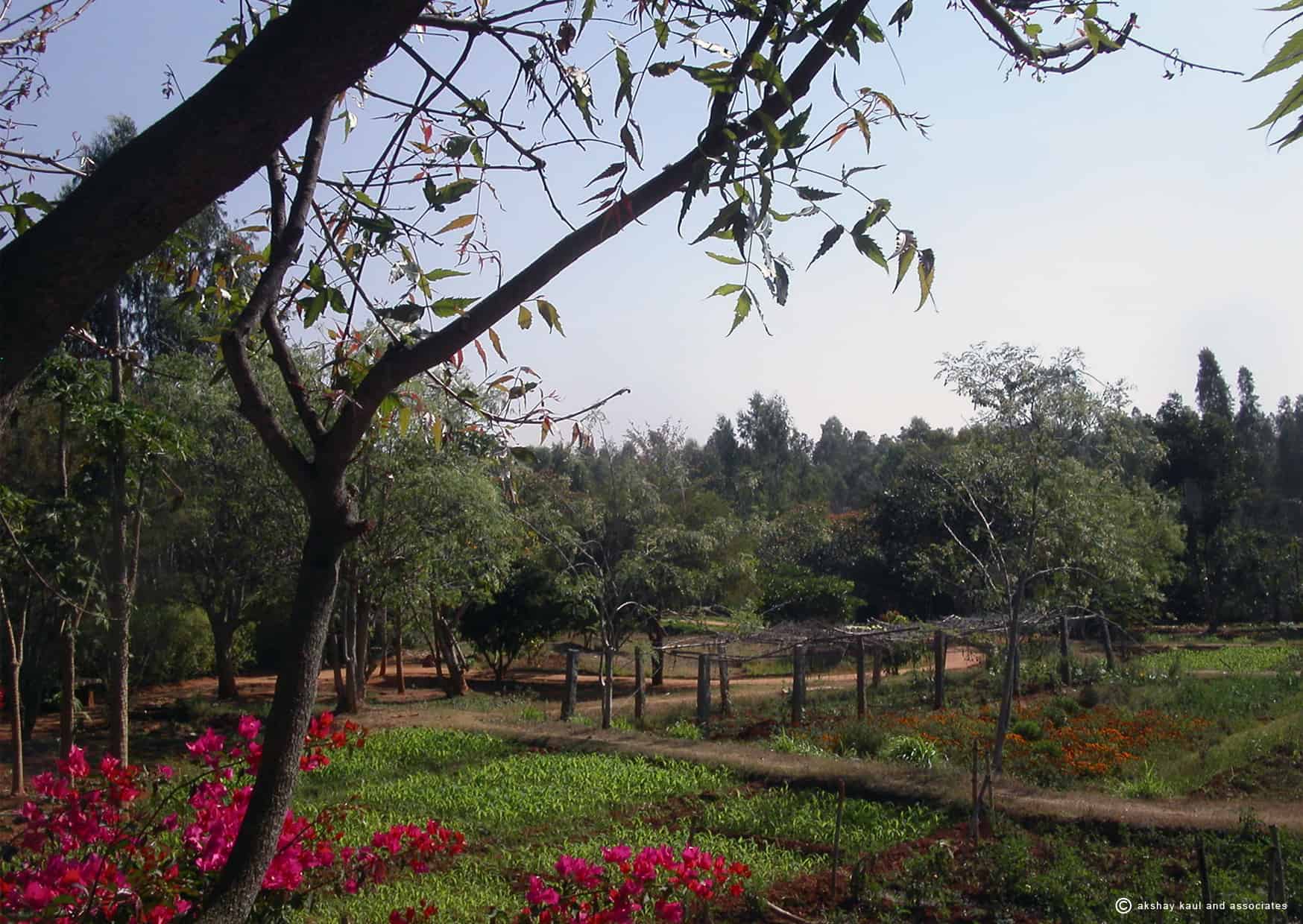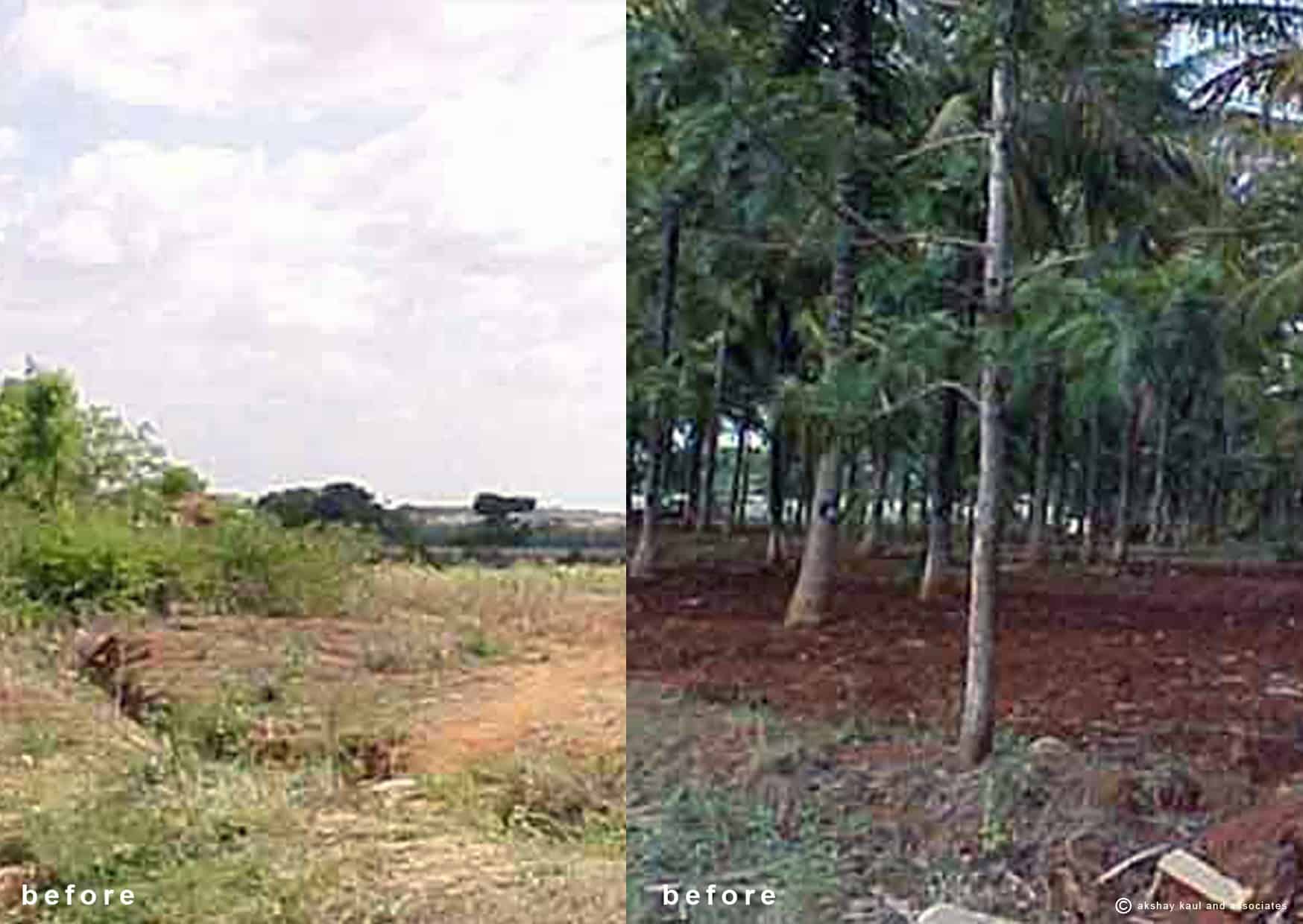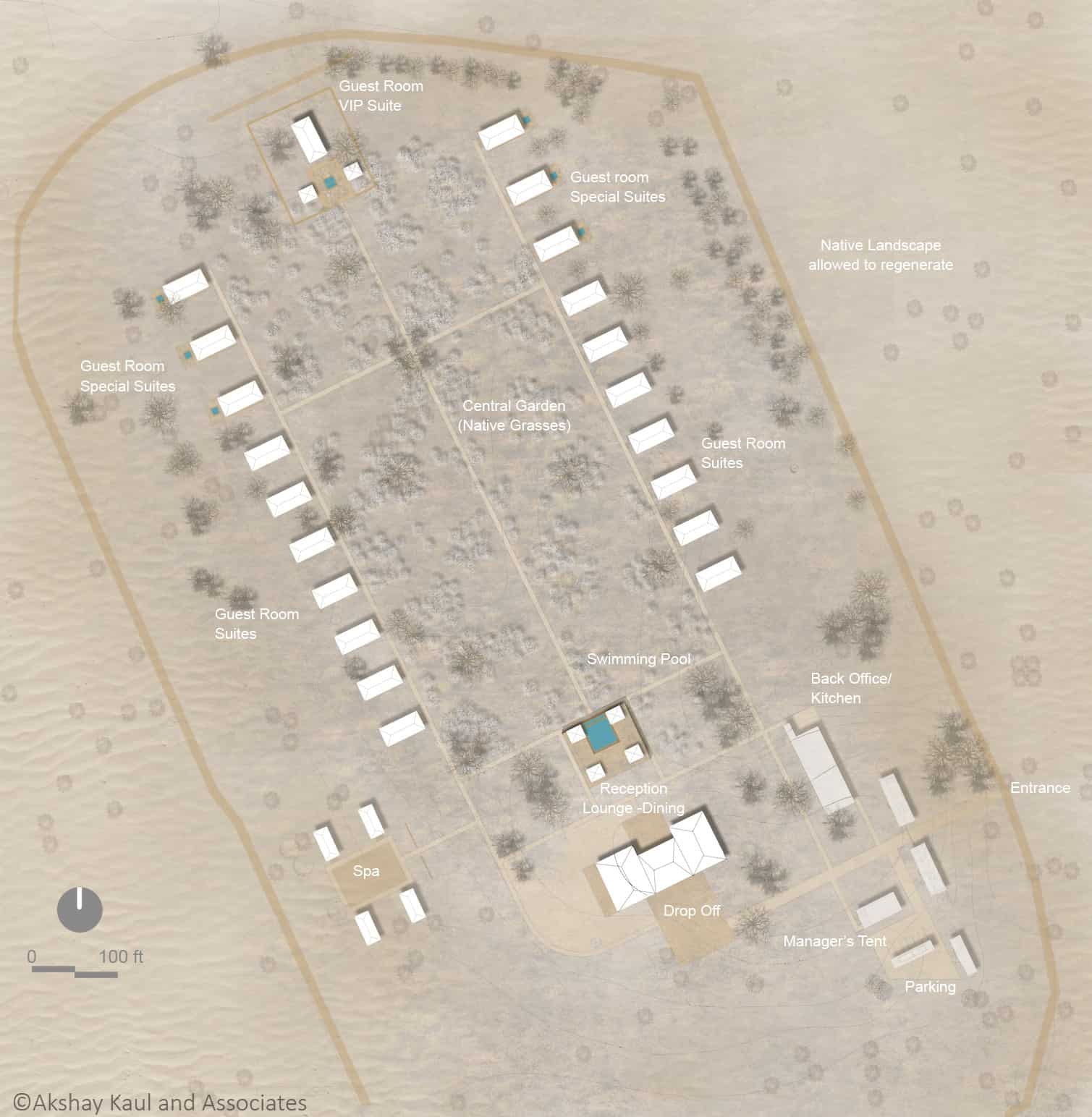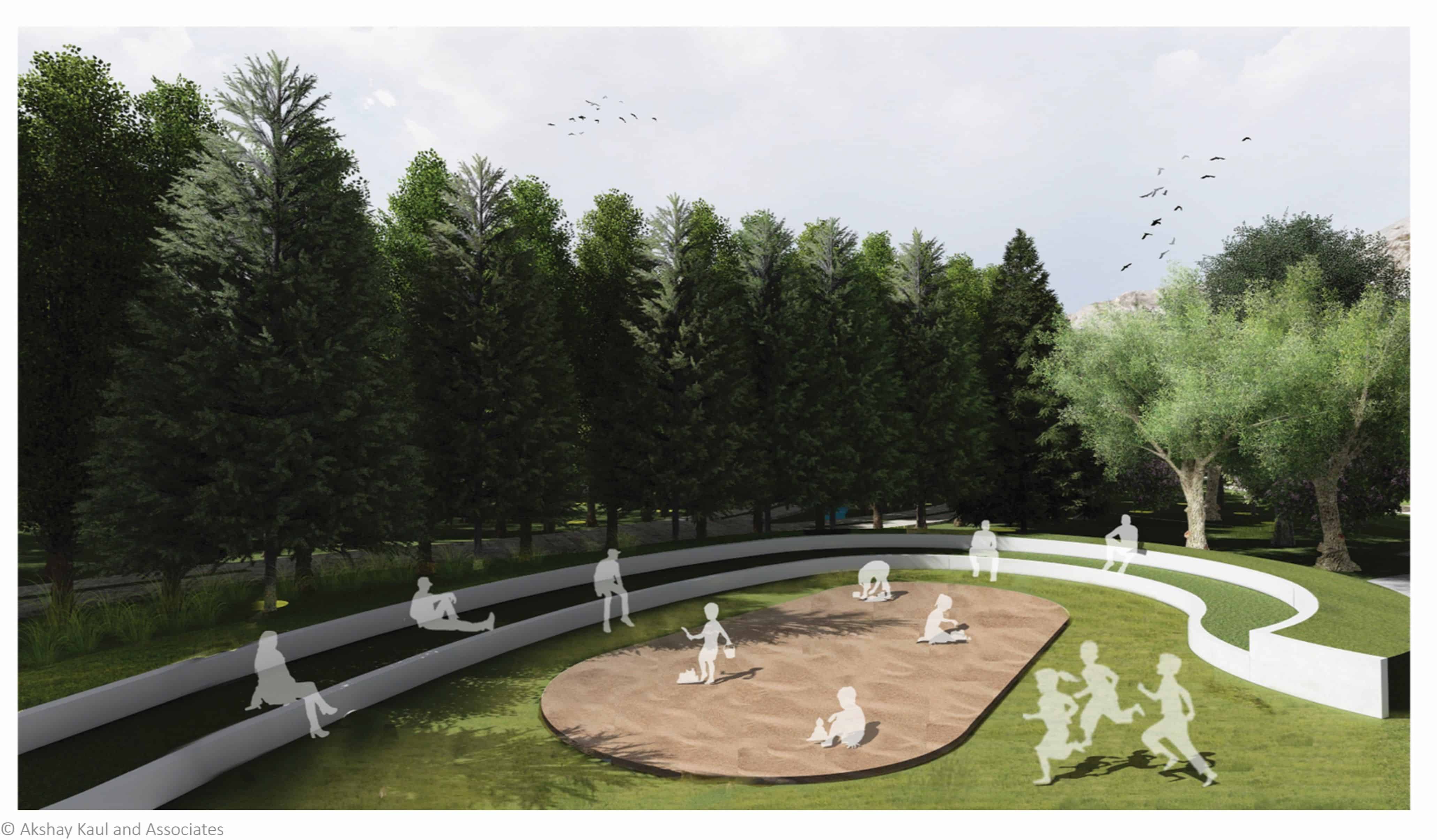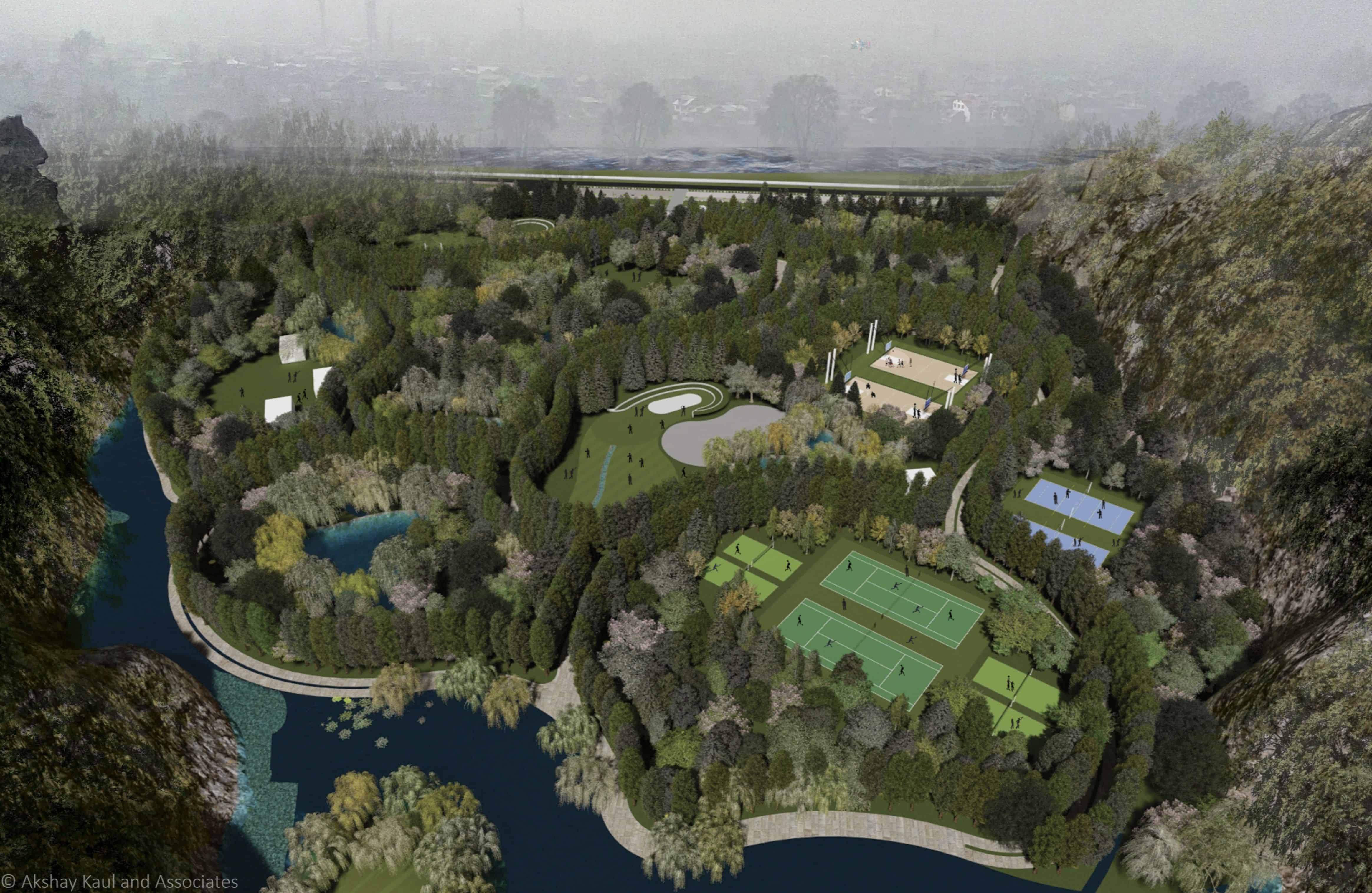Taj Ganj as it is known today was once the main bazaar, commercial district of Agra as historic accounts of Lahuri and Kando tell us ‘different kinds of merchandise from every land, varieties of goods from every country, all sorts of luxuries of the time and various kinds of necessities of civilization and comfortable living brought from all parts of the world’ were for sale in this market, flourishing under the imperial patronage. Kalim composed a poem on Agra devoting 26 verses to describe the abundance of drama in these lanes of the imperial bazaar, which along with the caravanserai and houses built by the merchants out side the periphery of the royal complex came to be recognized as a city in itself called Mumtazabad, city of Mumtaz.
Built for utilitarian purposes the architecture of Taj Ganj is in a stark contrast to the paradisiacal architecture of mausoleum. Treated with less detail, it can suitably reconstructed with the help of Lahauri and Kando description of the premises. Their description of the complex explains the layout to be a square divided into four quadrants, by two streets runnig north-south and east-west, of unequal width.
We were hired by the firm REPL, Delhi as consultants to do the Master Plan for re-develoment around the famous World Heritage Site Taj Mahal. The re-development proposal looked into all aspects of movement systems, the adjoining urban development, services and infrastructure, parks and gardens and public open spaces.
STREETS
The Taj ganj is complex and with pending ruling of the Supreme Court Order awaiting implementation. The focus of the project in these areas remains as ‘Surface intervention’ along the important spine Mian Nazir Street in Taj ganj and various nodes along the route, the Chowk in Taj Ganj, various Darwaza’s, exploring the possibility of organizing festivals, weekly markets, etc. The proposal looks at other arterial routes taken primarily by tourists. Along these streets leading from Agra fort to West Gate, Purani Mandi to Taj through the park to West Gate, Purani Mandi to Fatehabad road leading to Maharaja Agrasen Statue Parking lot along West of Taj through the Park to West Gate, East Gate loop road from Shilpgram, the proposal looks at solid waste management, drainage improvement, amenities, energy efficient lighting, these streetscape treatment, location and character of the open spaces, landmark buildings, visual and spatial links.
